-
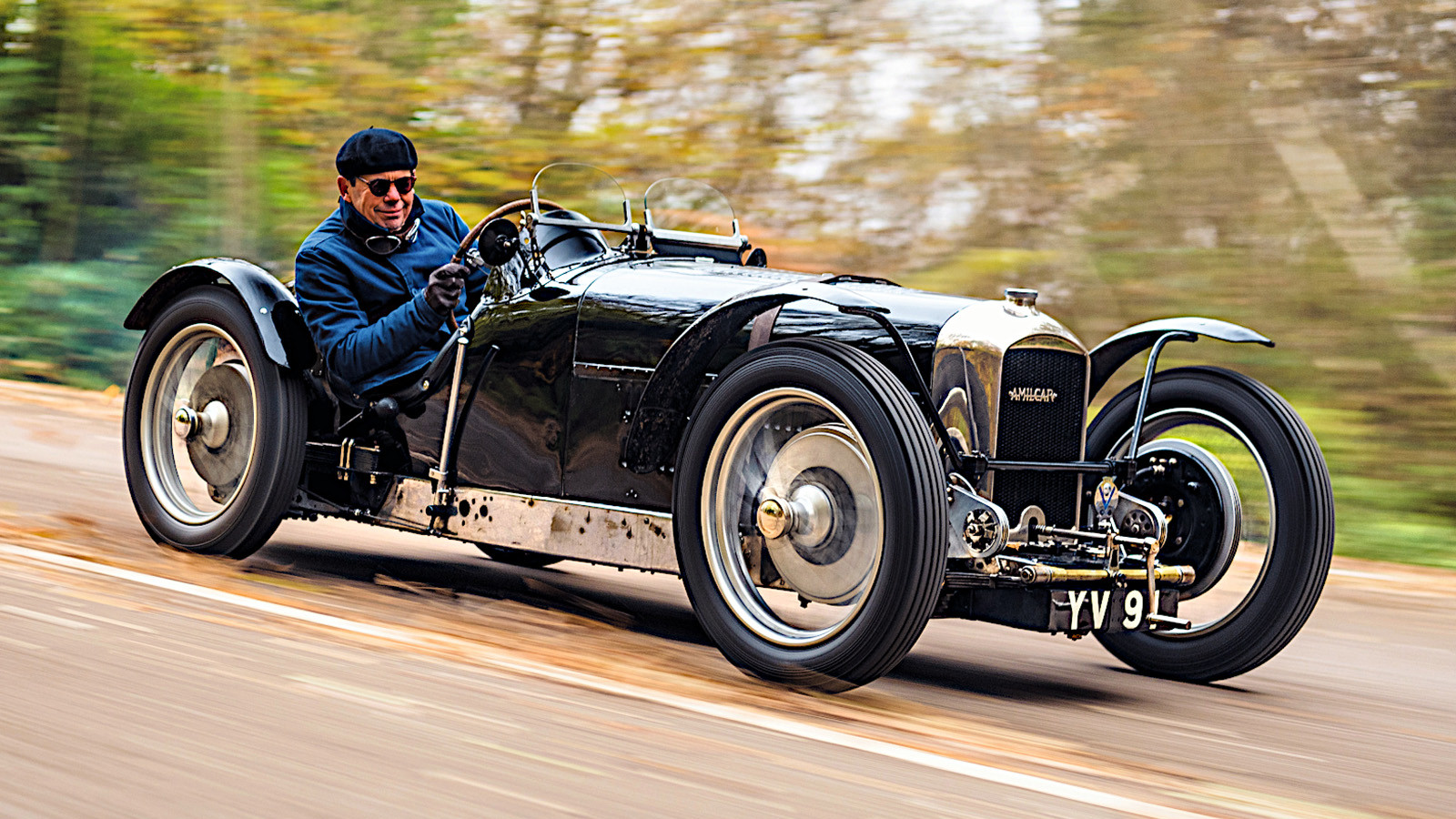 © Olgun Kordal/Classic & Sports Car
© Olgun Kordal/Classic & Sports Car -
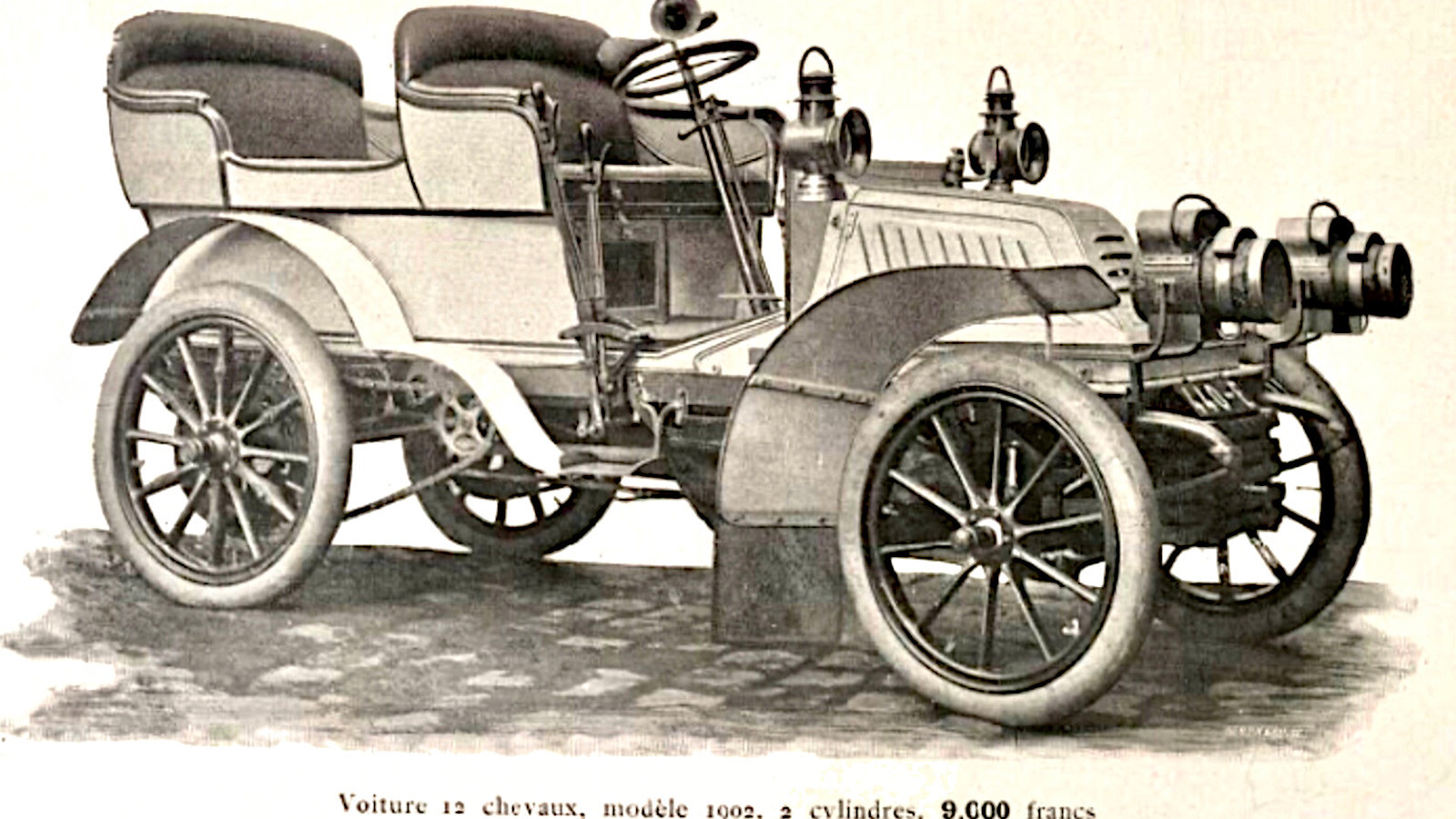 © Public domain
© Public domain -
 © Olgun Kordal/Classic & Sports Car
© Olgun Kordal/Classic & Sports Car -
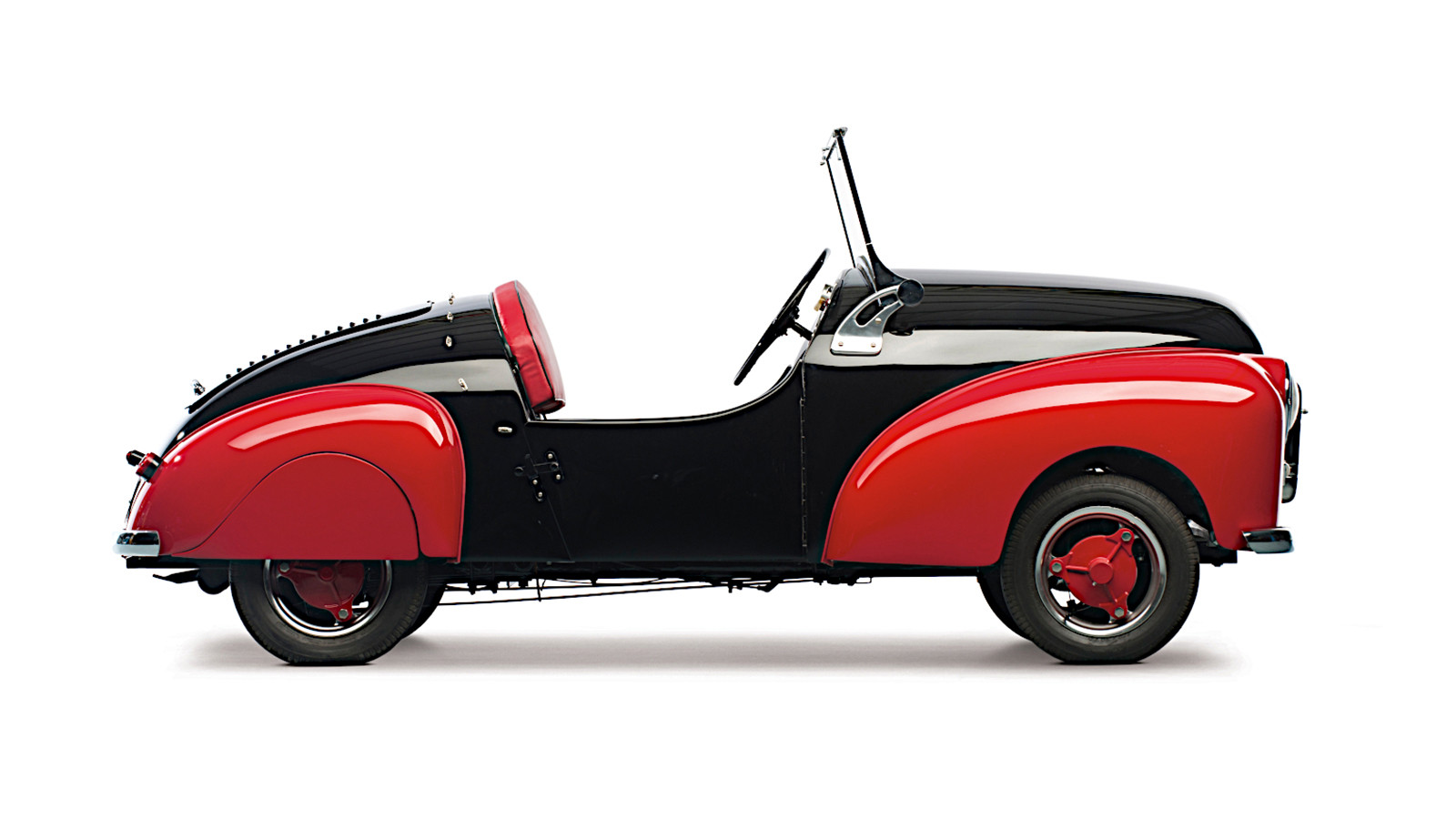 © Darin Schnabel/RM Auctions
© Darin Schnabel/RM Auctions -
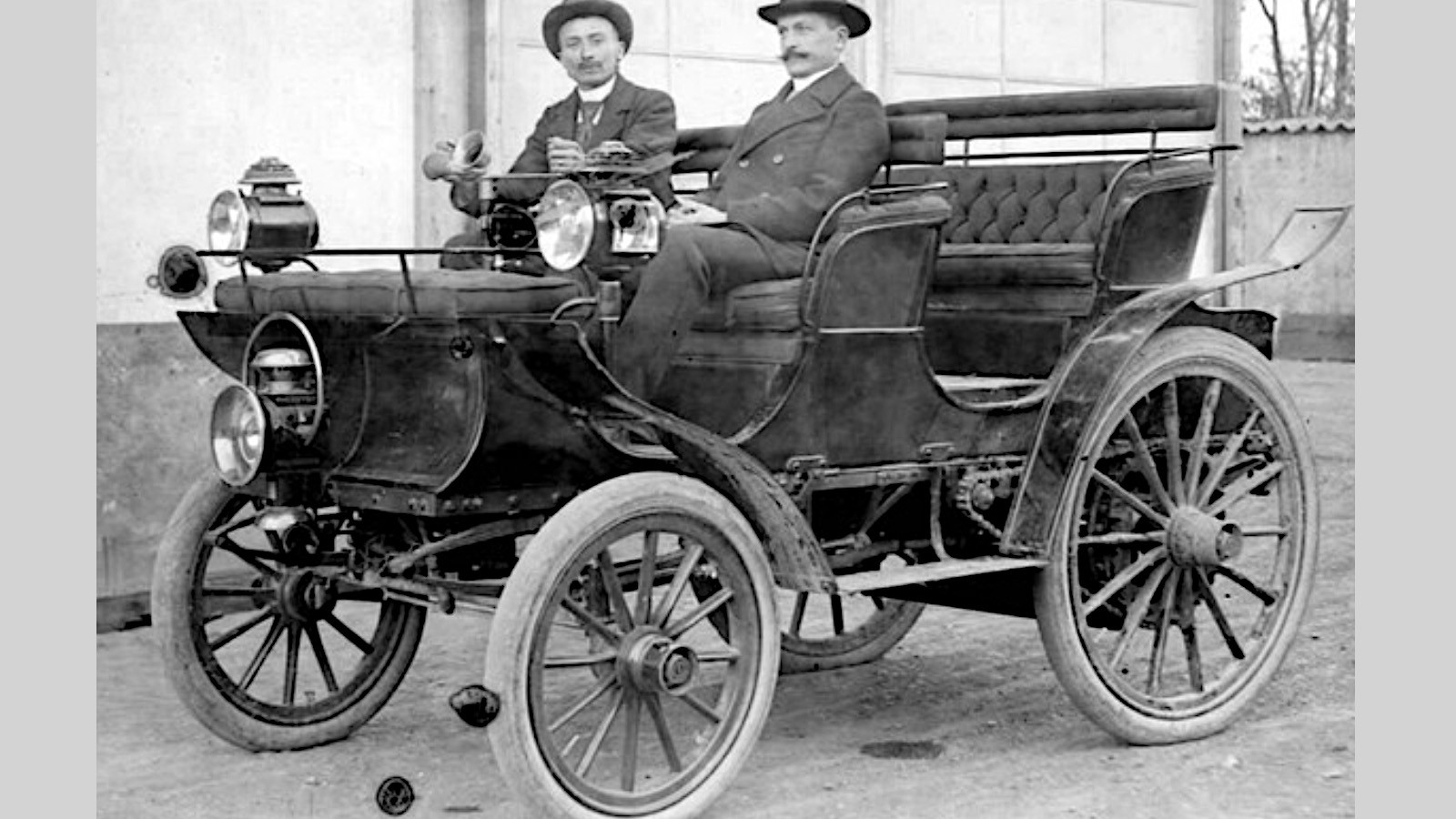 © Public domain
© Public domain -
 © Luc Lacey/Classic & Sports Car
© Luc Lacey/Classic & Sports Car -
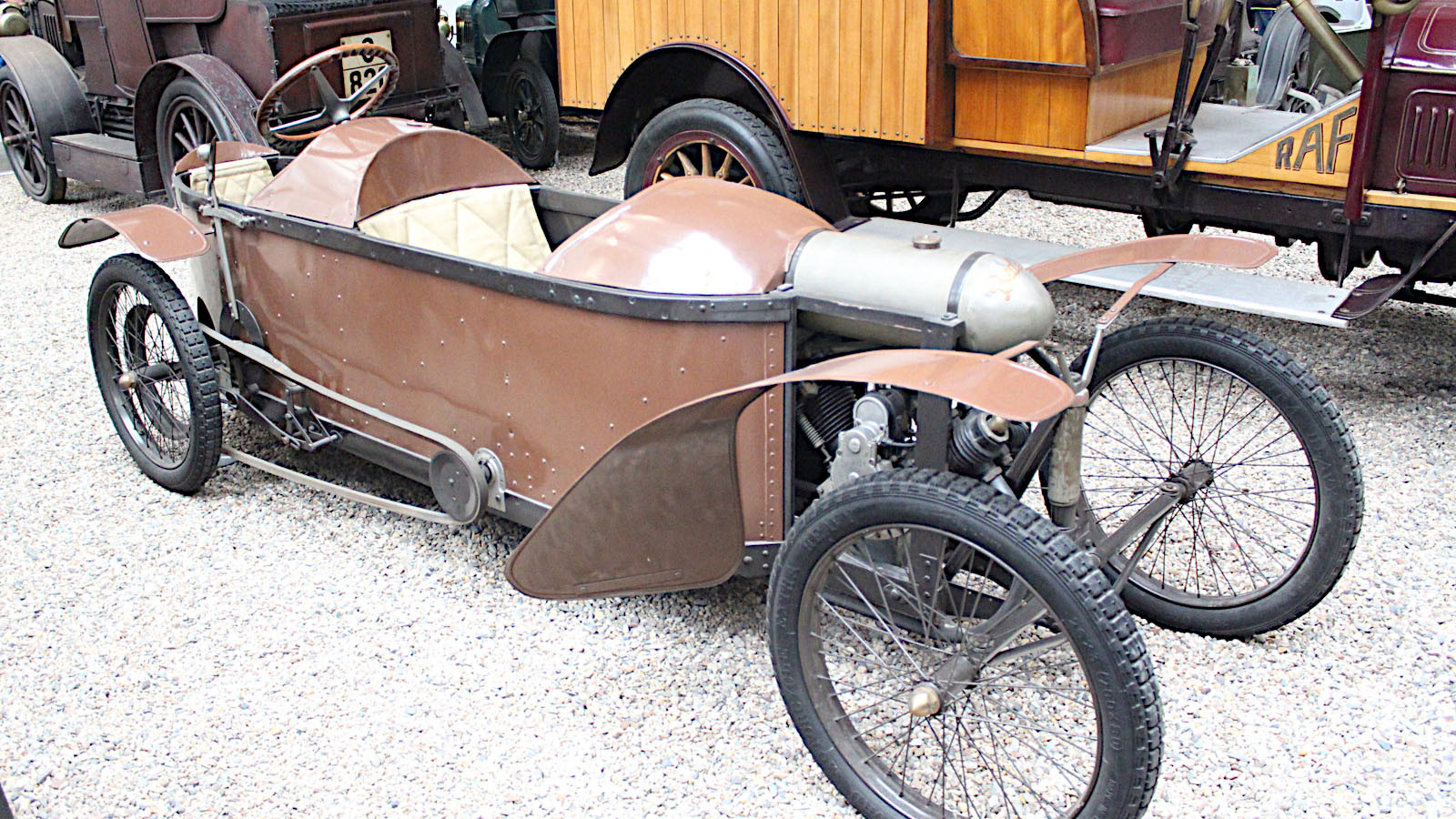 © Przemek Pietrak/Creative Commons licence https://creativecommons.org/licenses/by-sa/3.0/legalcode.en
© Przemek Pietrak/Creative Commons licence https://creativecommons.org/licenses/by-sa/3.0/legalcode.en -
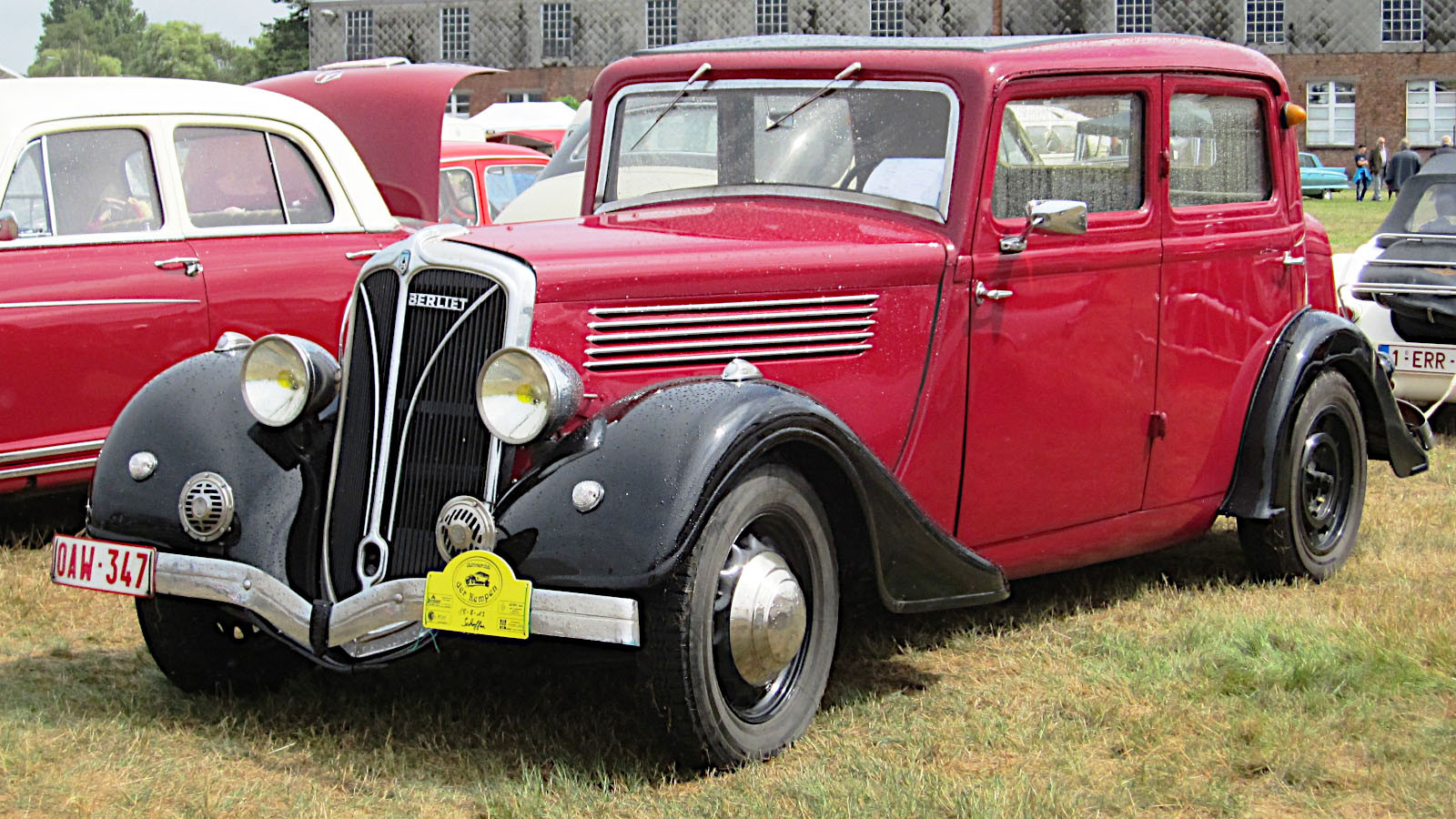 © Charles01/Creative Commons licence https://creativecommons.org/licenses/by-sa/3.0/legalcode.en
© Charles01/Creative Commons licence https://creativecommons.org/licenses/by-sa/3.0/legalcode.en -
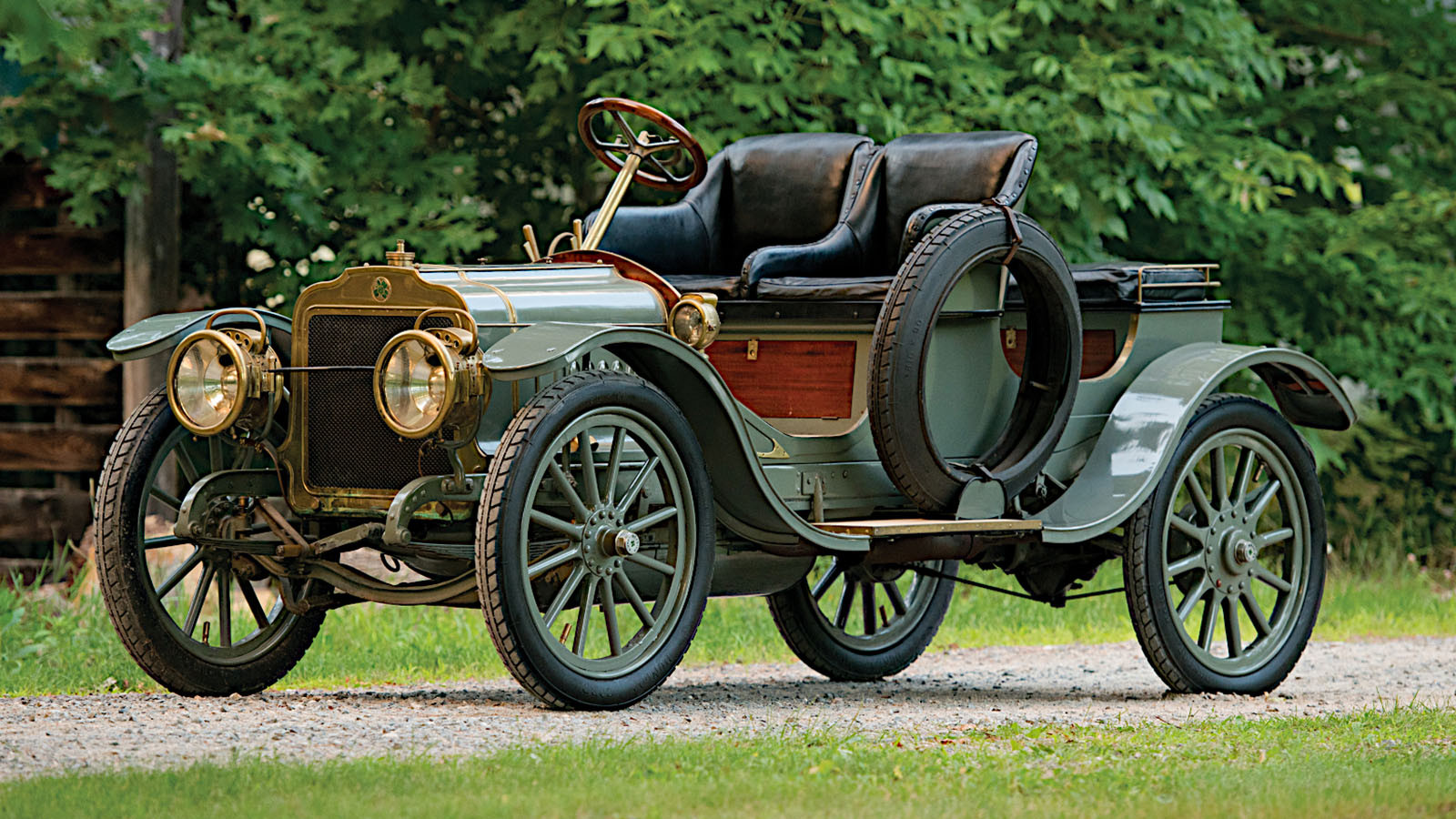 © Darin Schnabel/RM Auctions
© Darin Schnabel/RM Auctions -
 © Darin Schnabel/RM Sotheby’s
© Darin Schnabel/RM Sotheby’s -
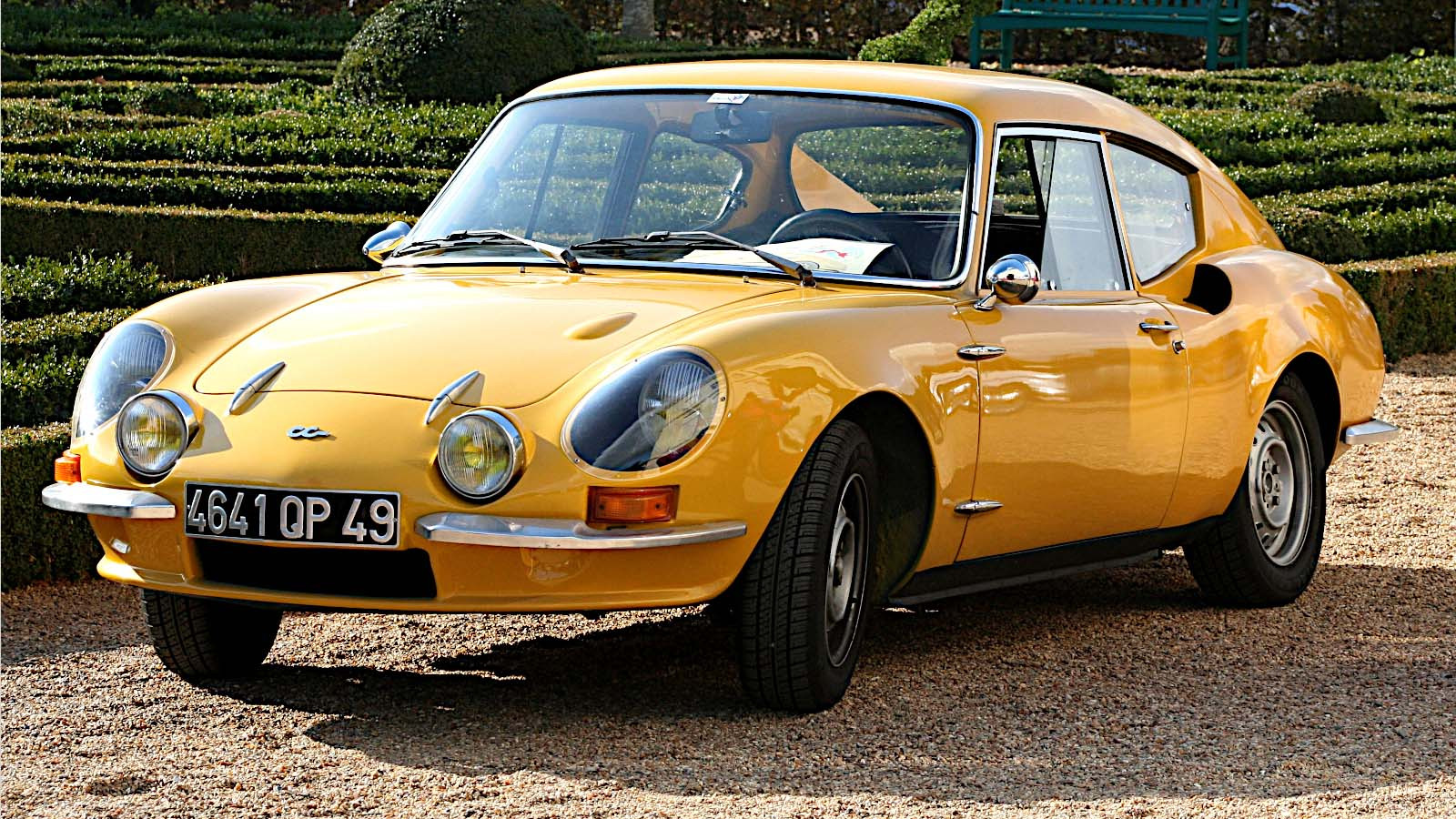 © P. Bernard/Public domain
© P. Bernard/Public domain -
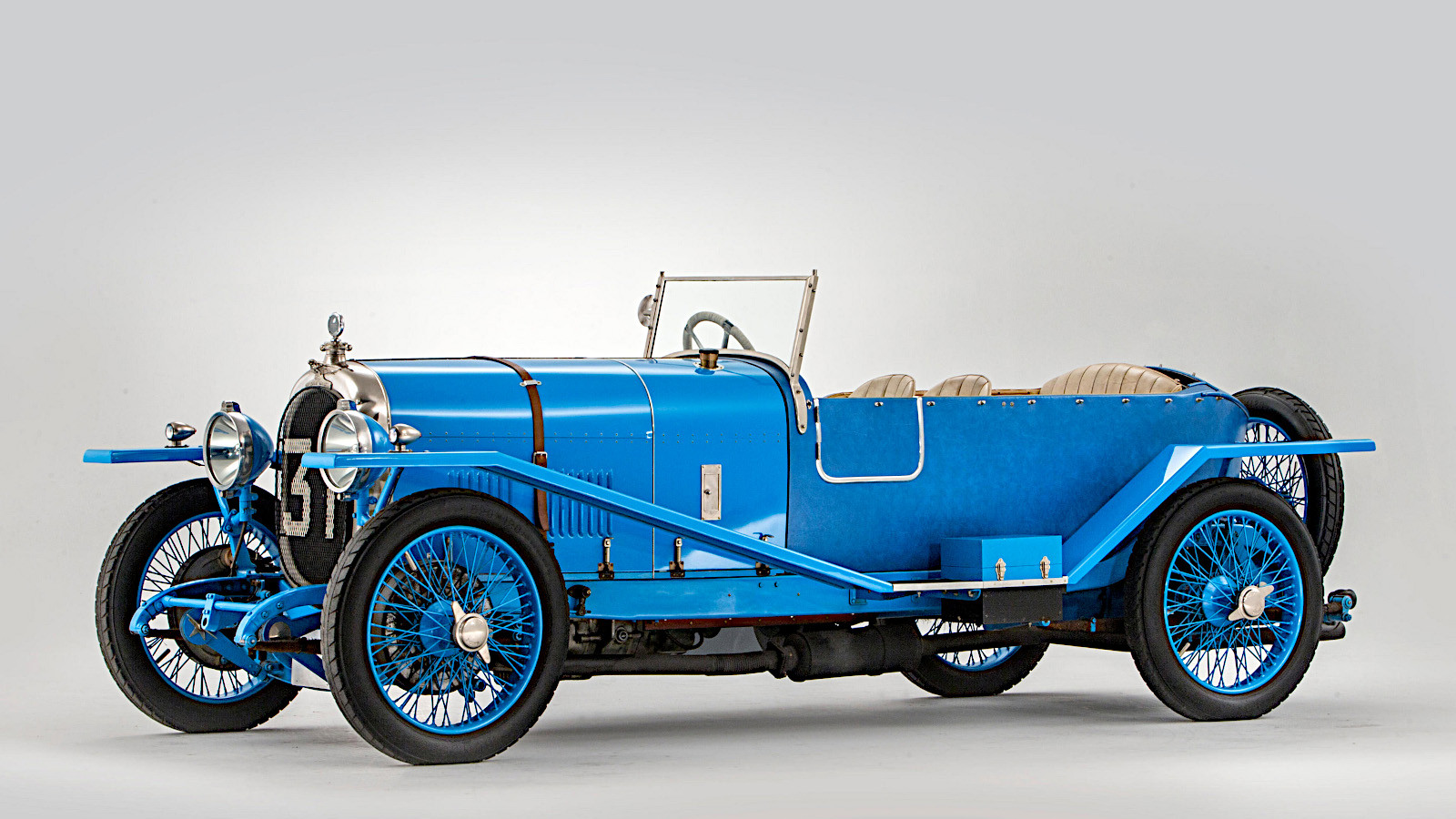 © Bonhams|Cars
© Bonhams|Cars -
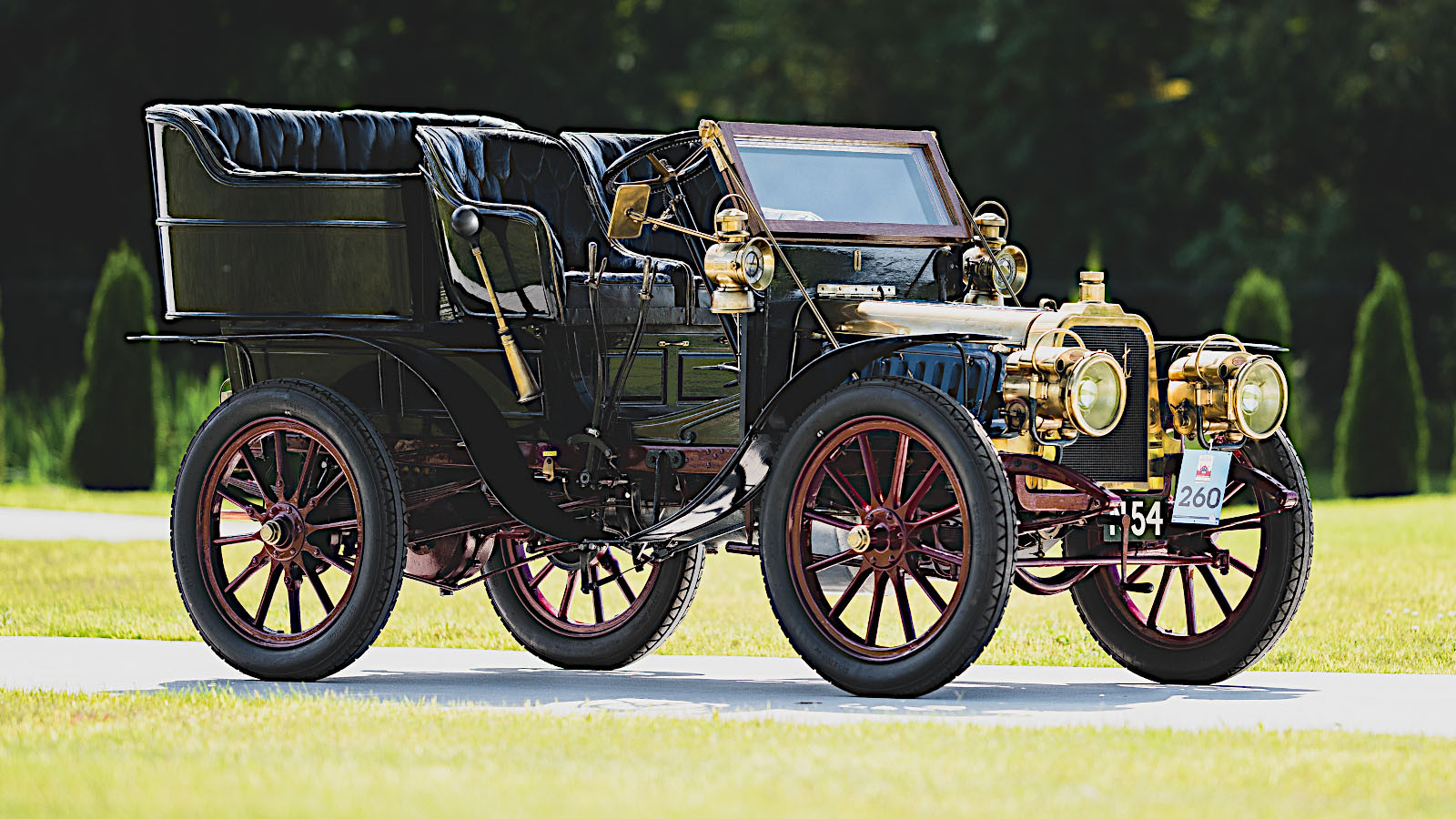 © Darin Schnabel/RM Sotheby’s
© Darin Schnabel/RM Sotheby’s -
 © Max Edleston/Classic & Sports Car
© Max Edleston/Classic & Sports Car -
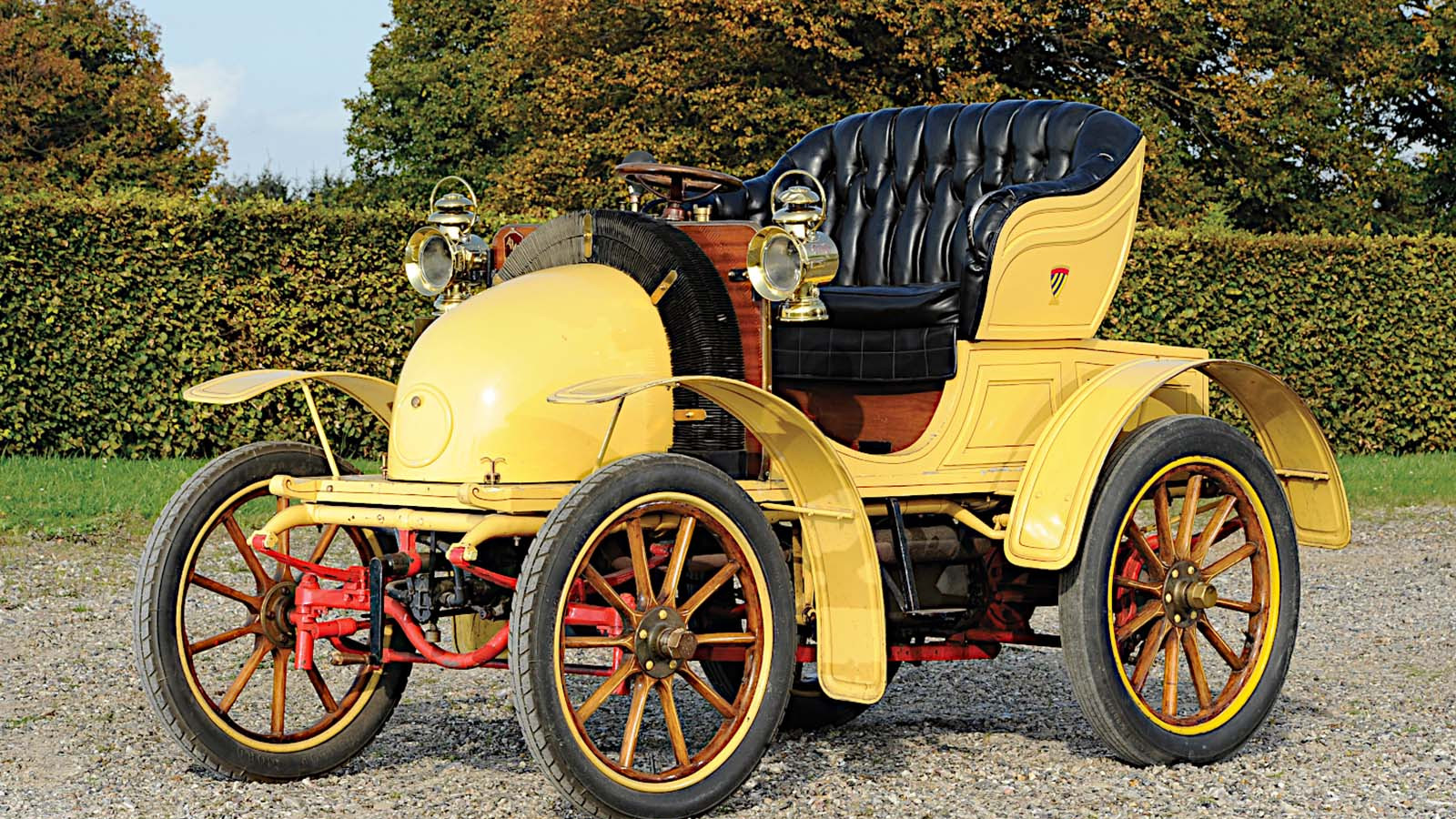 © Tim Scott/RM Sotheby’s
© Tim Scott/RM Sotheby’s -
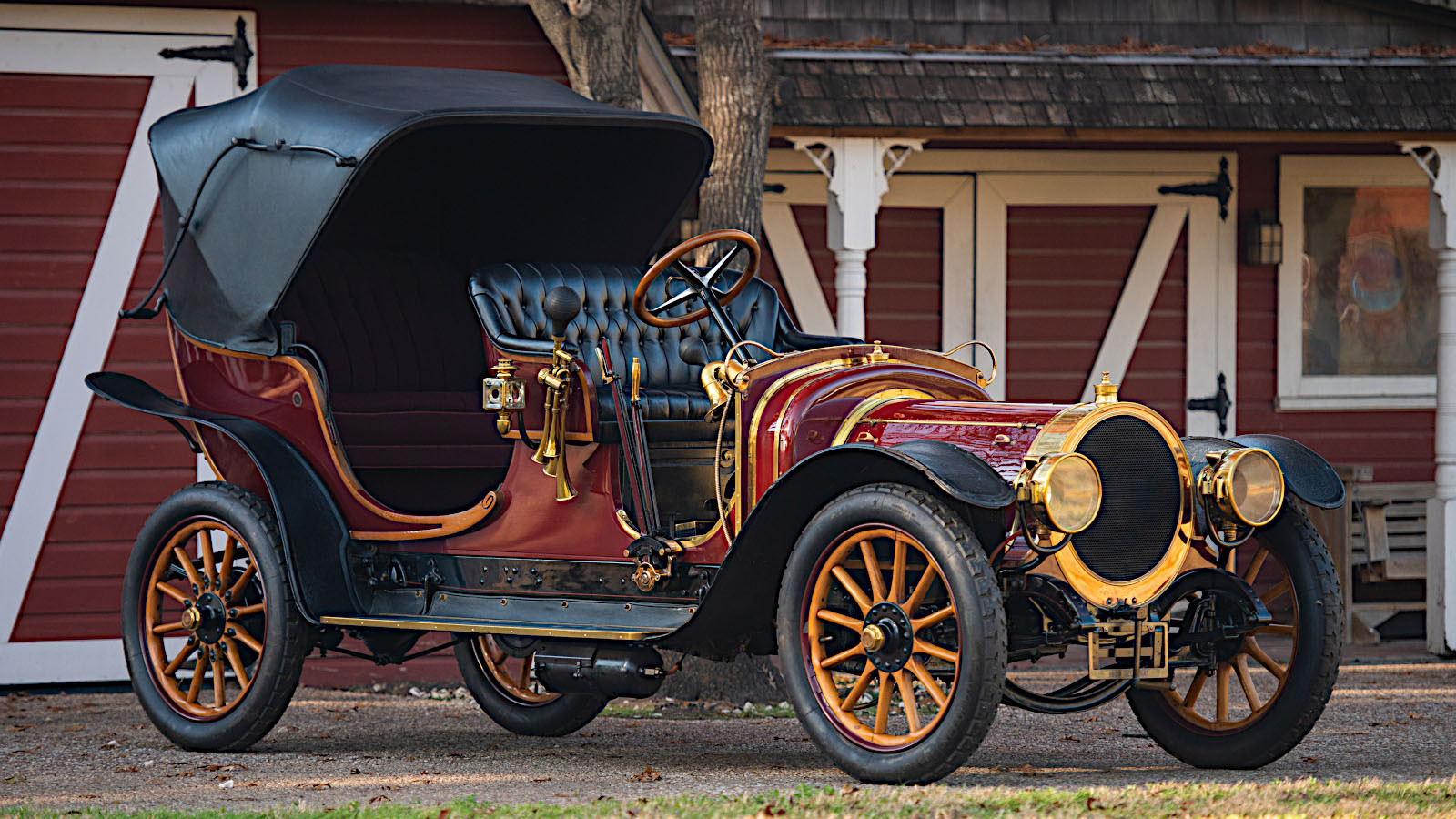 © Darin Schnabel/RM Sotheby’s
© Darin Schnabel/RM Sotheby’s -
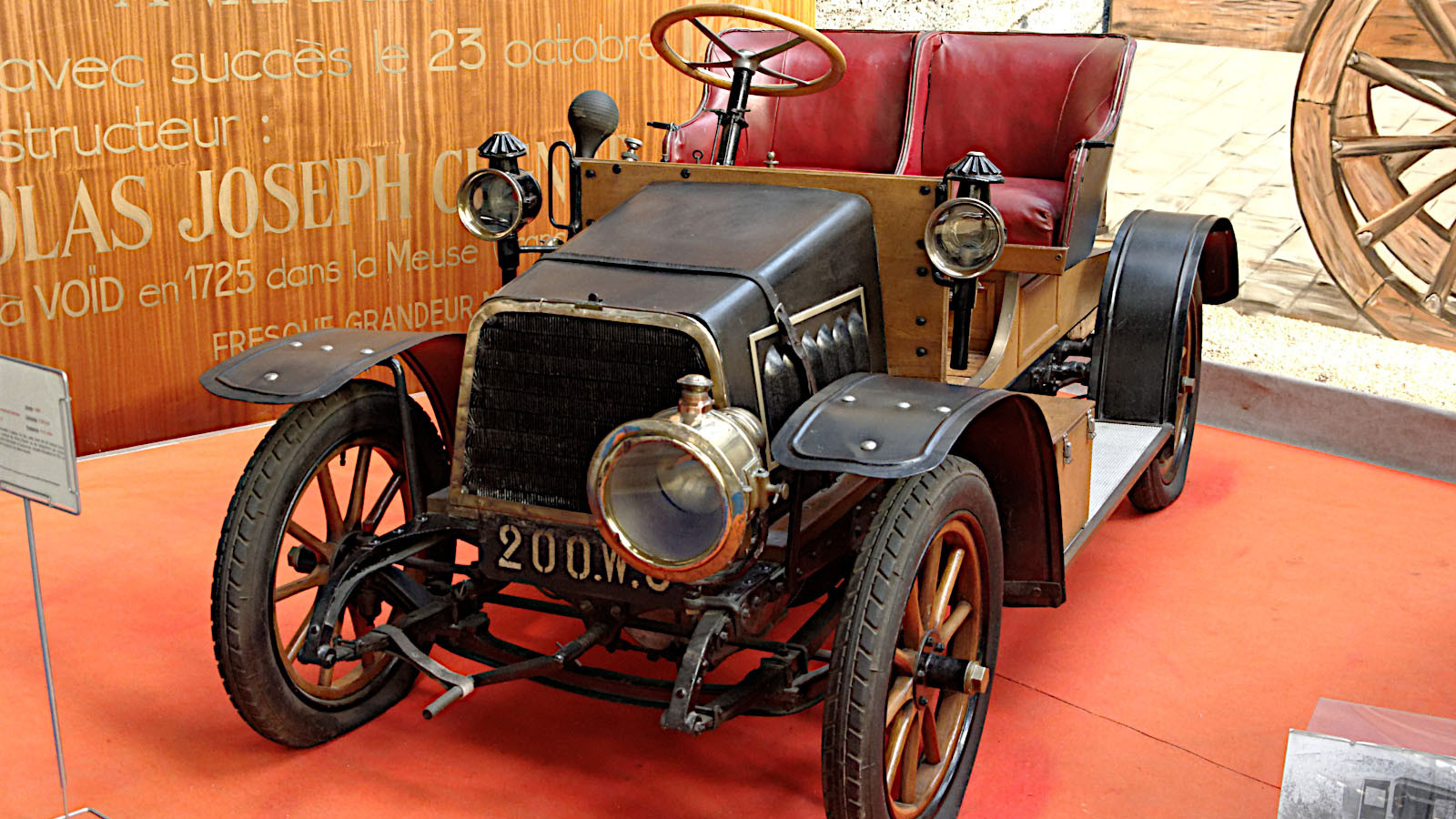 © Croquant/Creative Commons licence https://creativecommons.org/licenses/by-sa/3.0/legalcode.en
© Croquant/Creative Commons licence https://creativecommons.org/licenses/by-sa/3.0/legalcode.en -
 © Alf van Beem/Creative Commons licence https://creativecommons.org/publicdomain/zero/1.0/legalcode.en
© Alf van Beem/Creative Commons licence https://creativecommons.org/publicdomain/zero/1.0/legalcode.en -
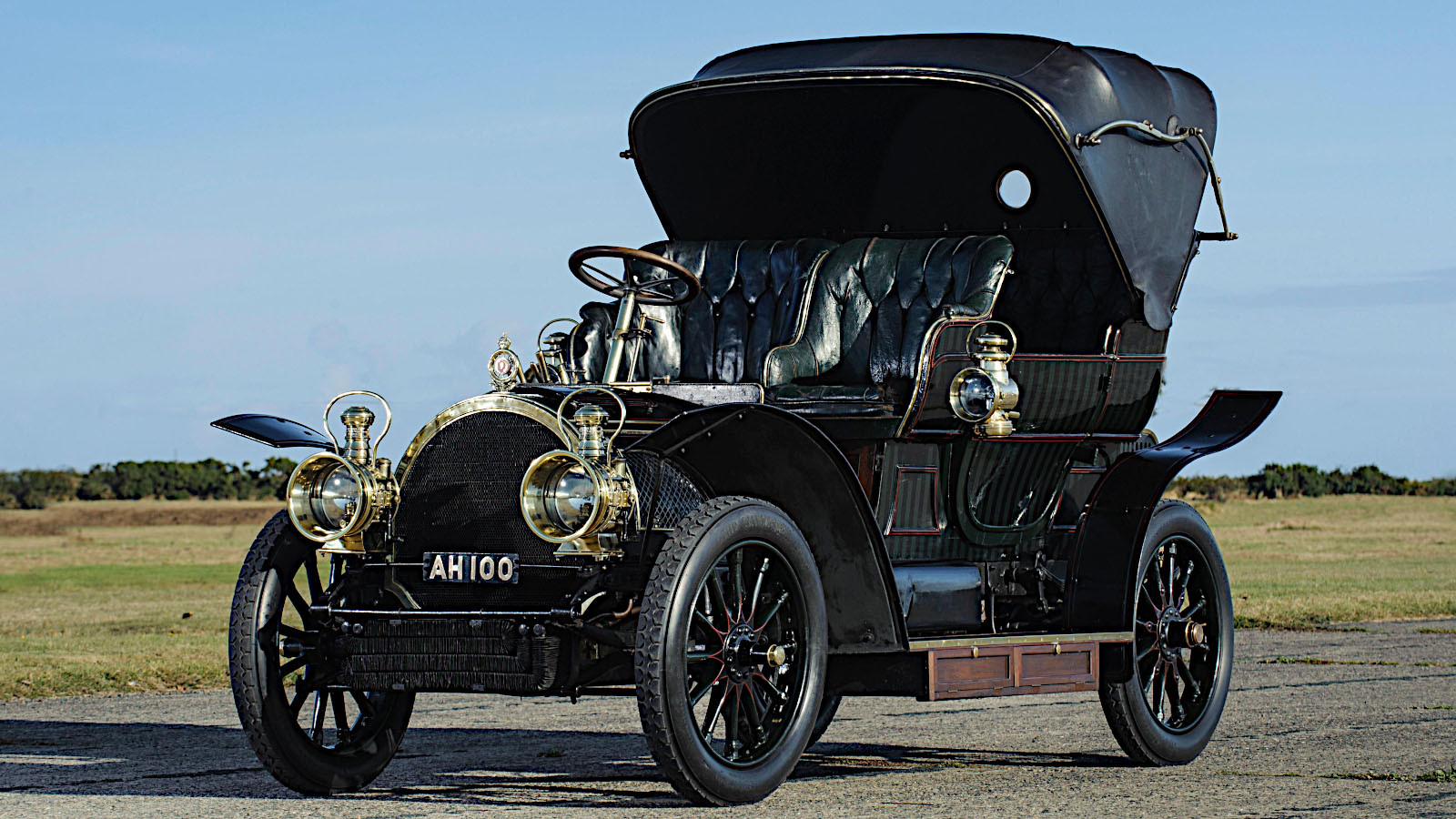 © Bonhams|Cars
© Bonhams|Cars -
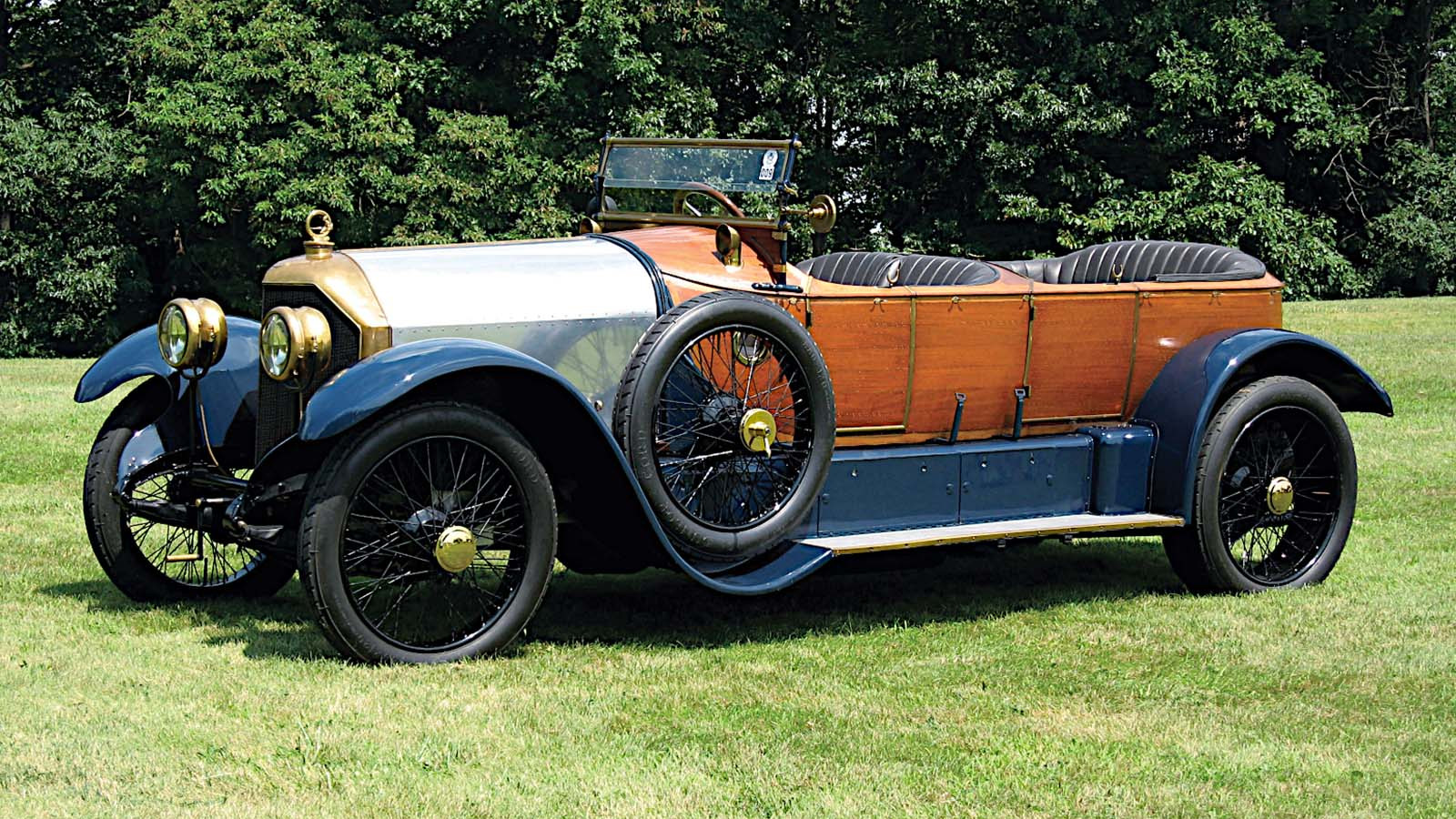 © RM Sotheby’s
© RM Sotheby’s -
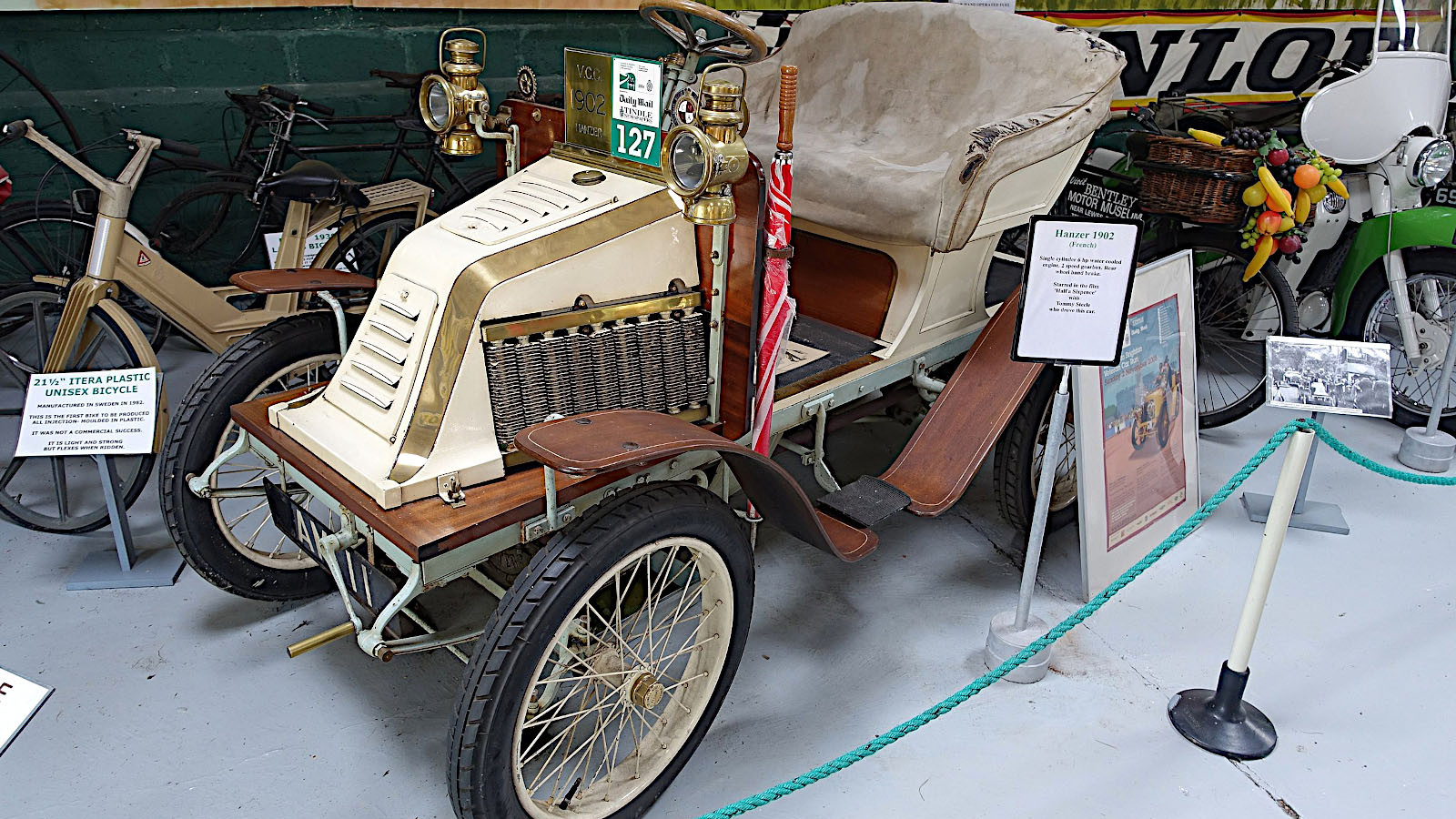 © Daderot/Creative Commons licence https://creativecommons.org/publicdomain/zero/1.0/legalcode.en
© Daderot/Creative Commons licence https://creativecommons.org/publicdomain/zero/1.0/legalcode.en -
 © Buch-t/Photo licence https://commons.wikimedia.org/wiki/Commons:GNU_Free_Documentation_License,_version_1.2
© Buch-t/Photo licence https://commons.wikimedia.org/wiki/Commons:GNU_Free_Documentation_License,_version_1.2 -
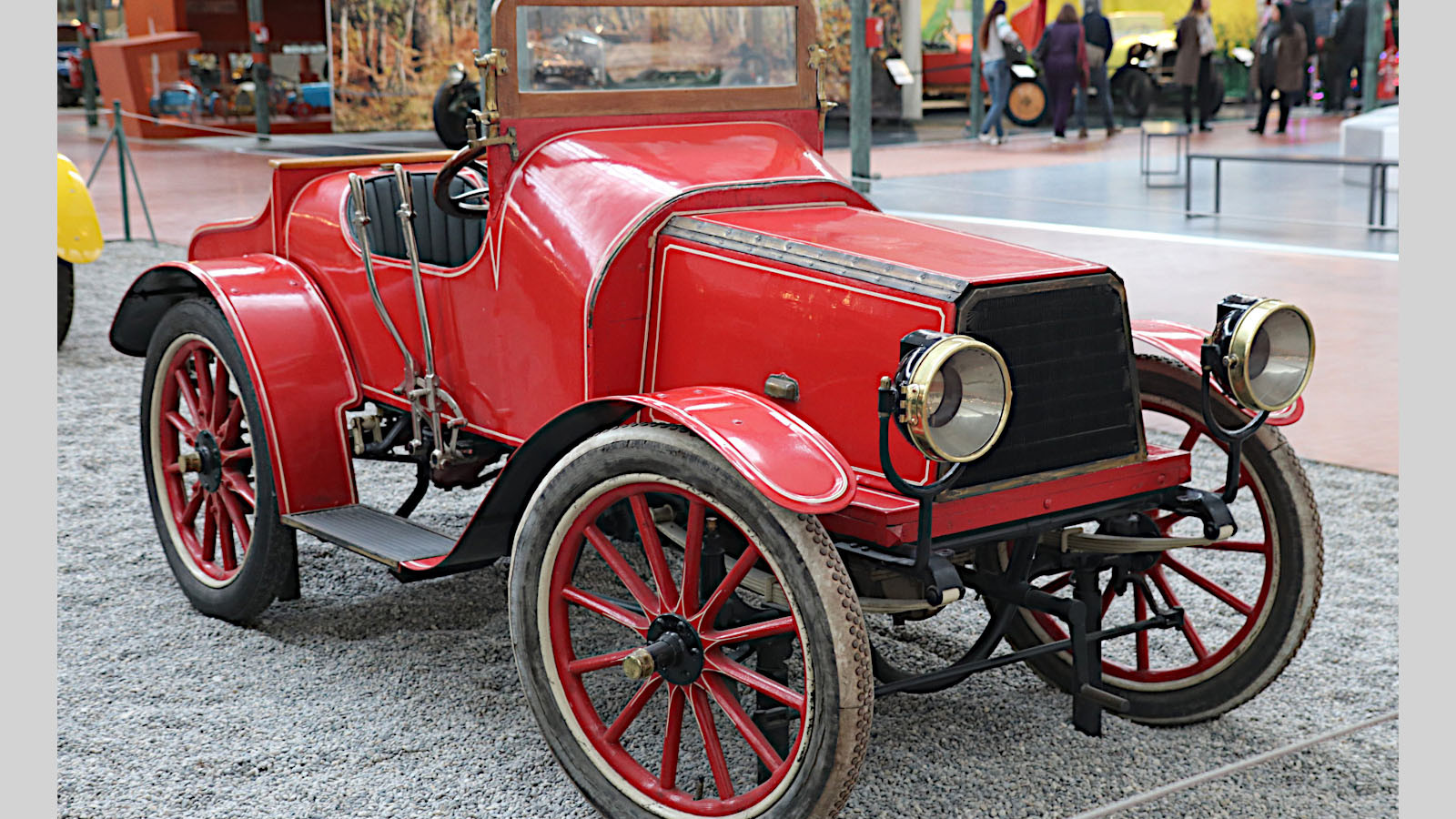 © Loudumo/Creative Commons licence https://creativecommons.org/licenses/by-sa/4.0/legalcode.en
© Loudumo/Creative Commons licence https://creativecommons.org/licenses/by-sa/4.0/legalcode.en -
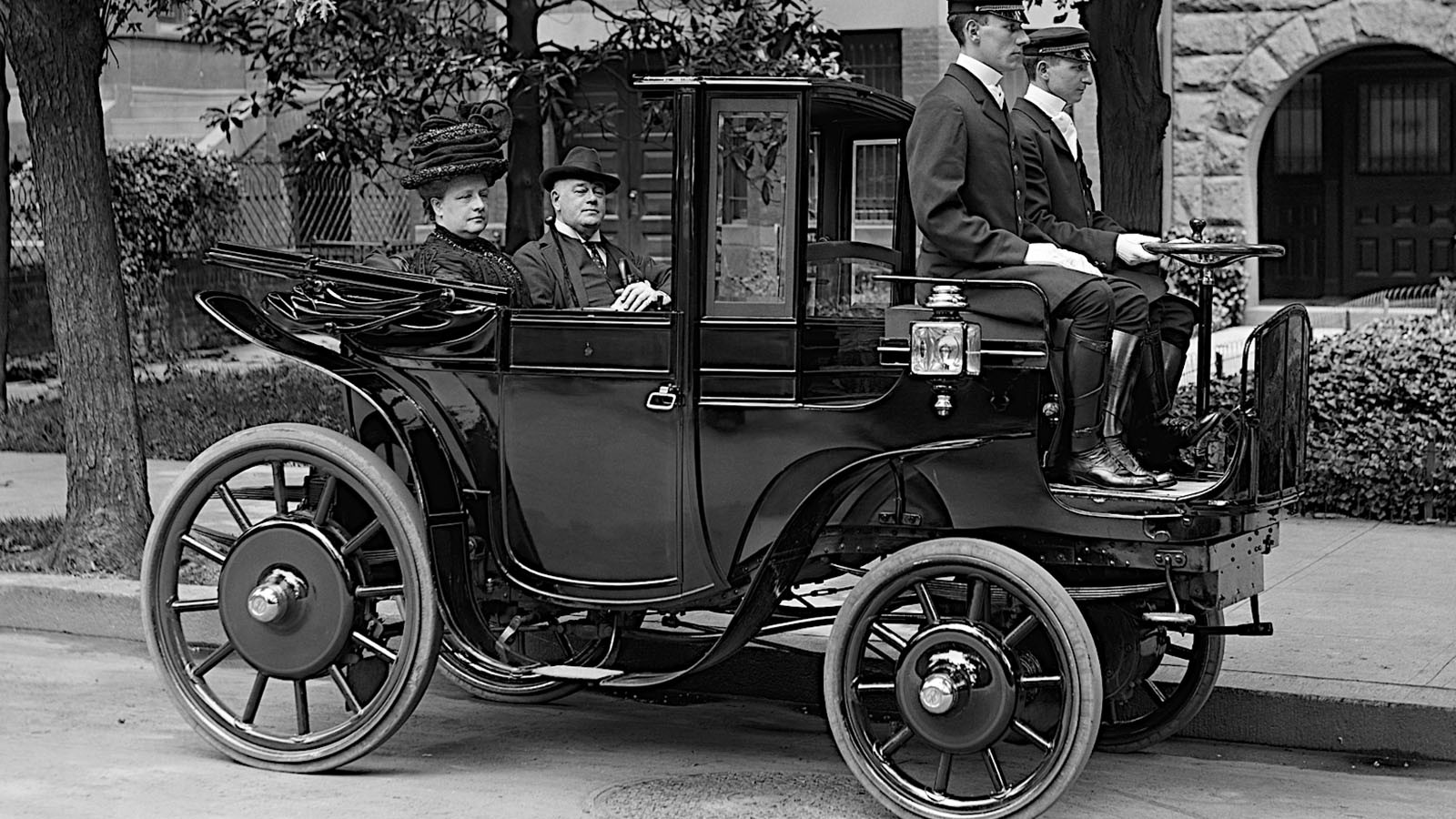 © Public domain
© Public domain -
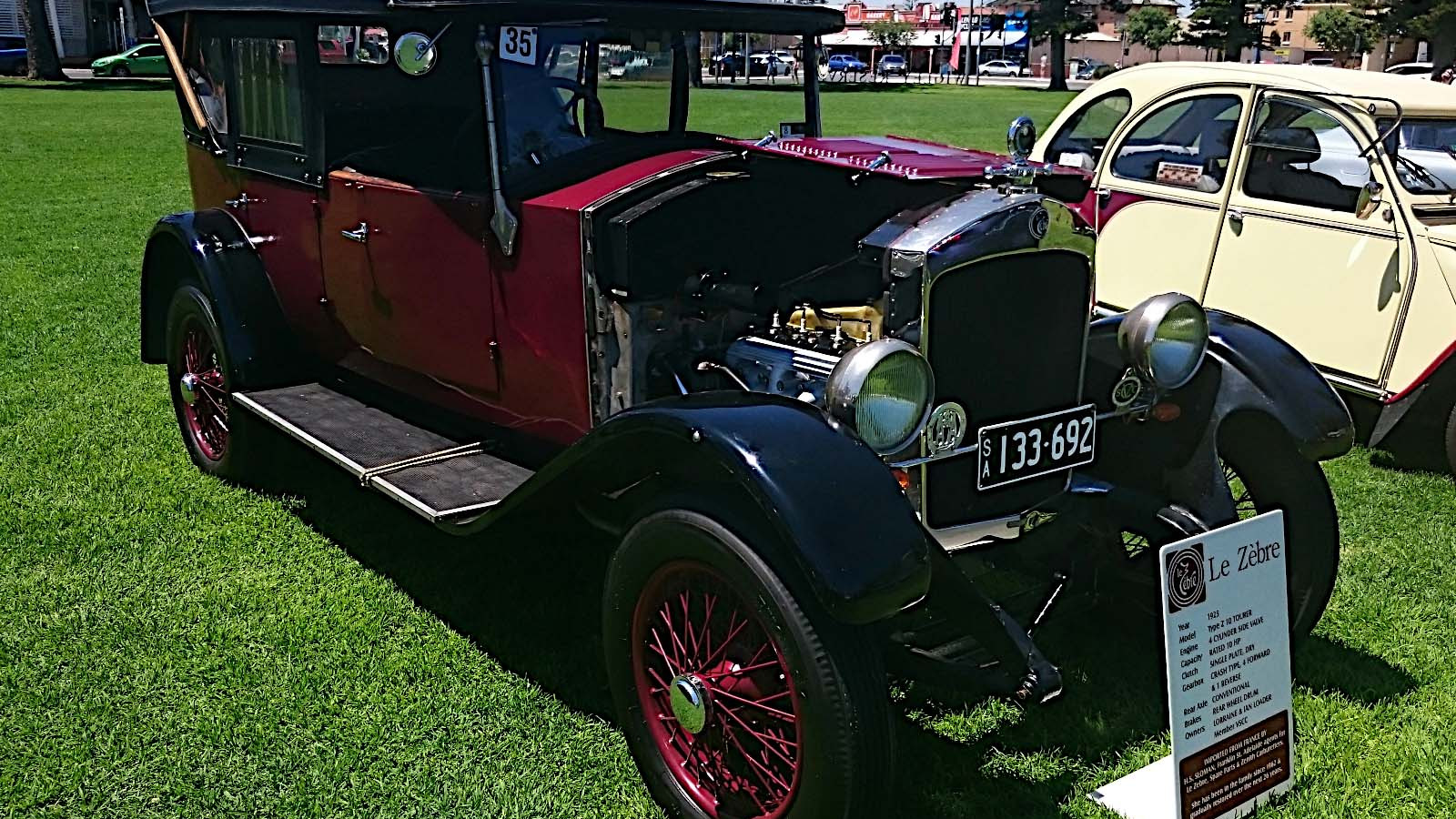 © GTHO/Creative Commons licence https://creativecommons.org/licenses/by-sa/4.0/legalcode.en
© GTHO/Creative Commons licence https://creativecommons.org/licenses/by-sa/4.0/legalcode.en -
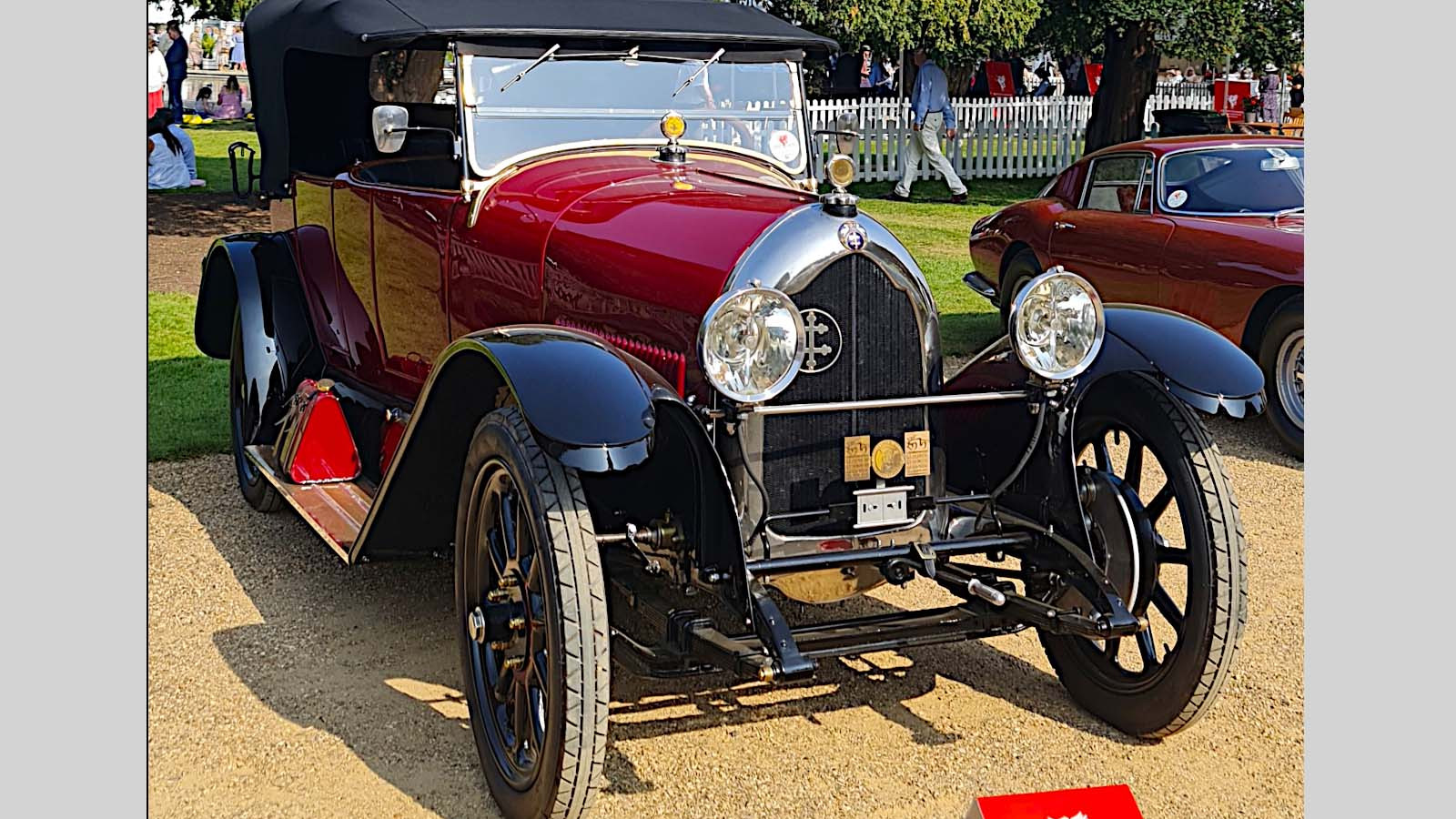 © Liam Walker/Creative Commons licence https://creativecommons.org/licenses/by-sa/4.0/legalcode.en
© Liam Walker/Creative Commons licence https://creativecommons.org/licenses/by-sa/4.0/legalcode.en -
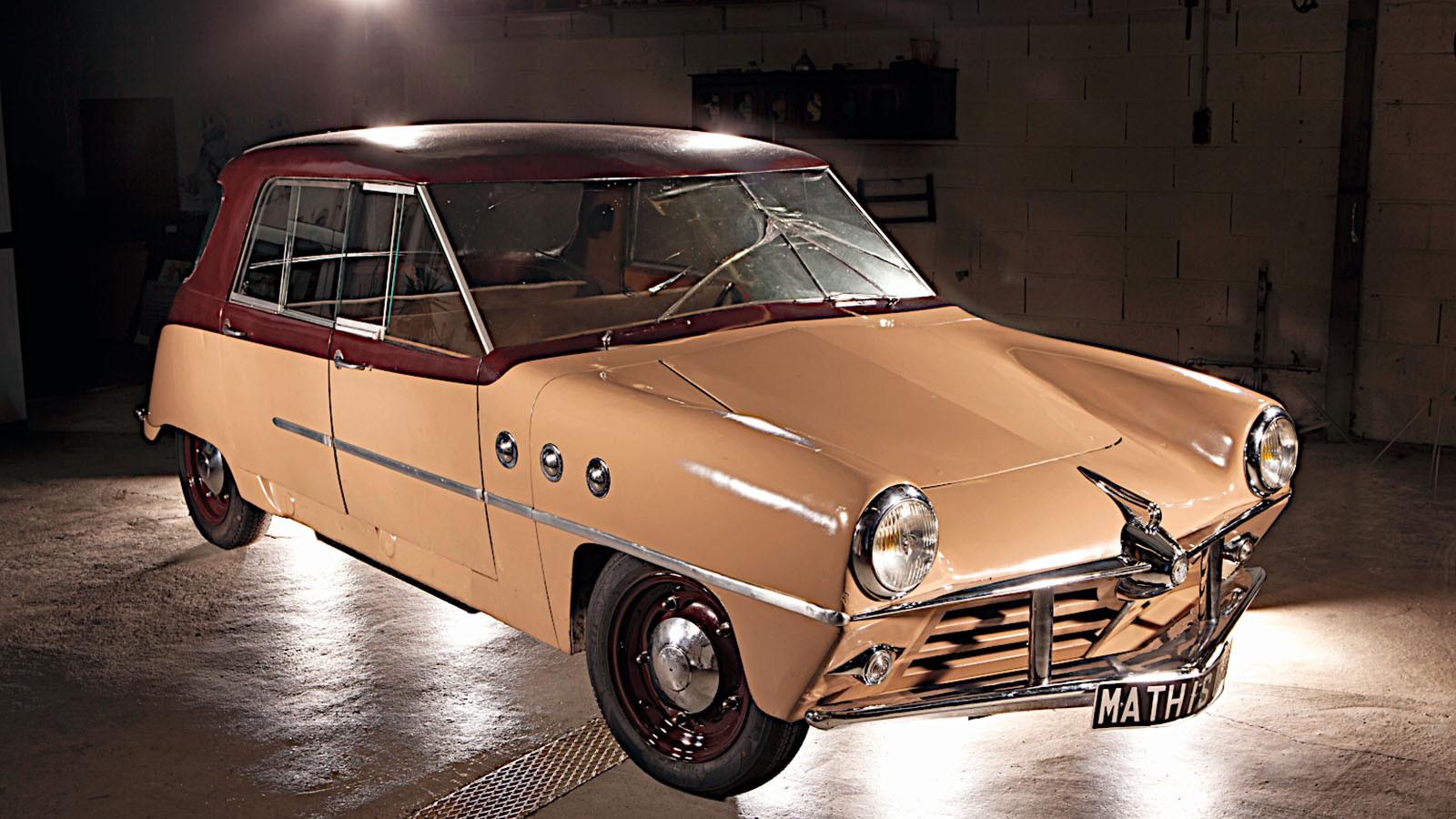 © Tony Baker/Classic & Sports Car
© Tony Baker/Classic & Sports Car -
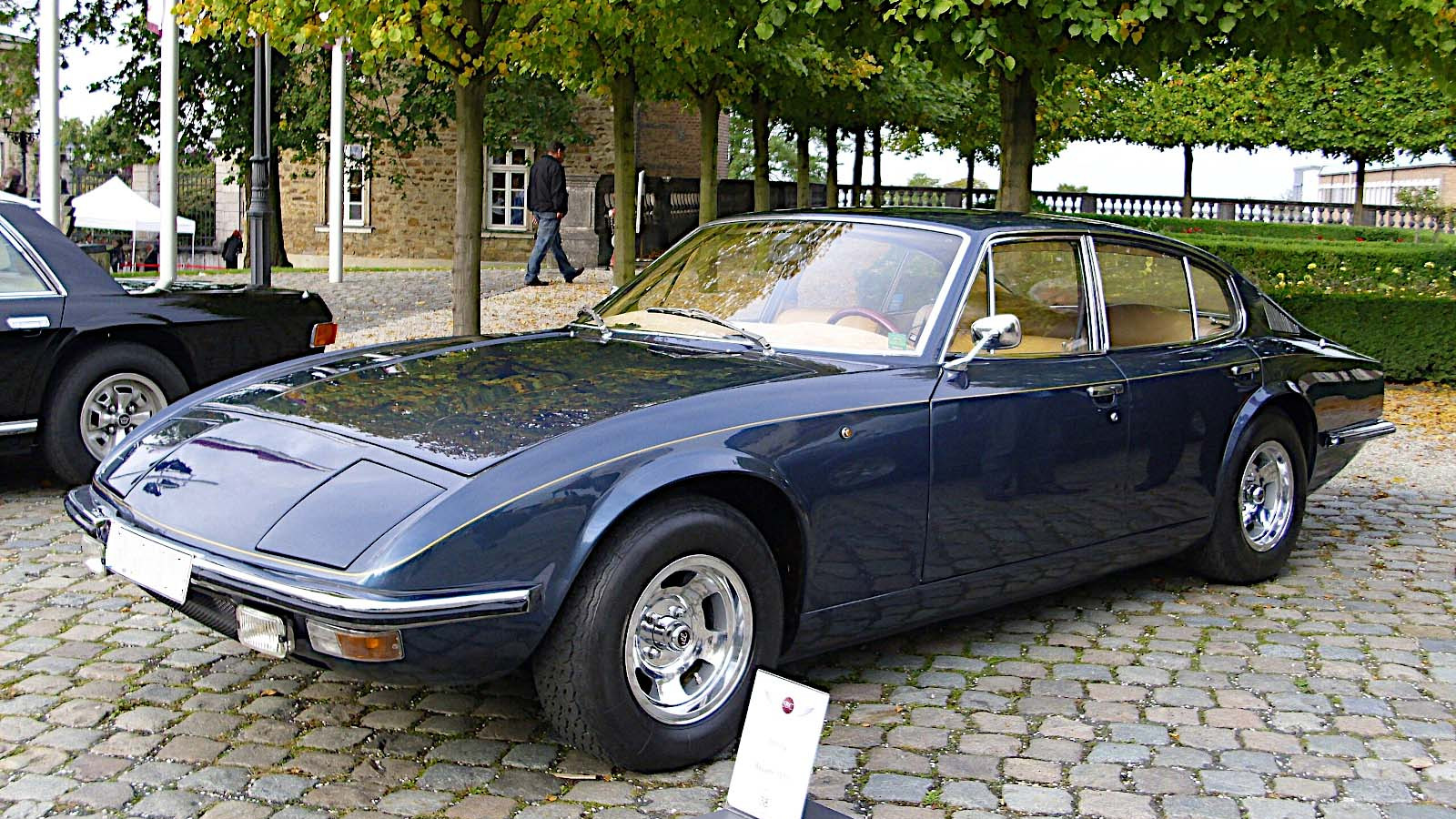 © Buch-t/Public domain
© Buch-t/Public domain -
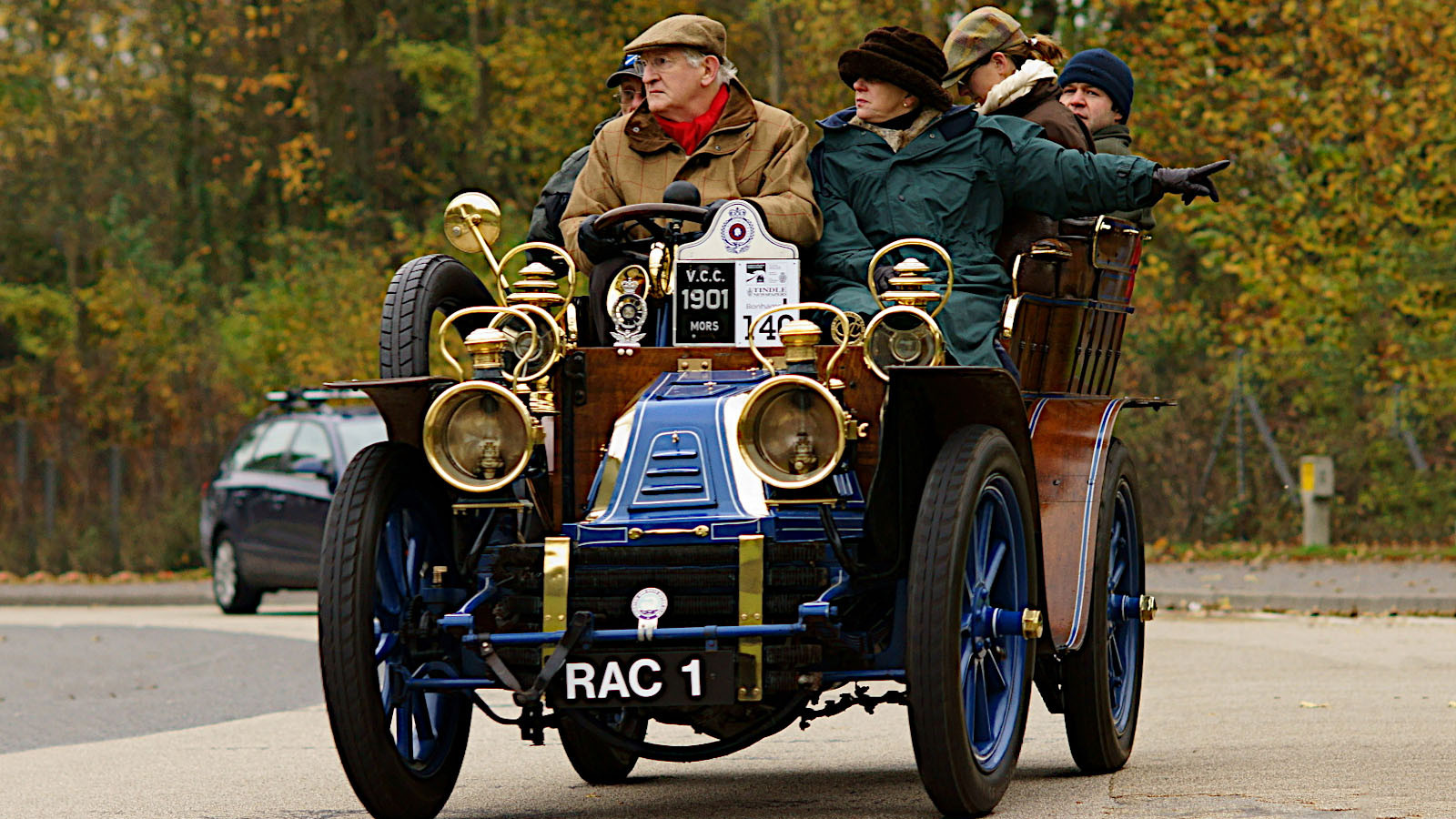 © Peter Trimming/Creative Commons licence https://creativecommons.org/licenses/by/2.0/legalcode.en
© Peter Trimming/Creative Commons licence https://creativecommons.org/licenses/by/2.0/legalcode.en -
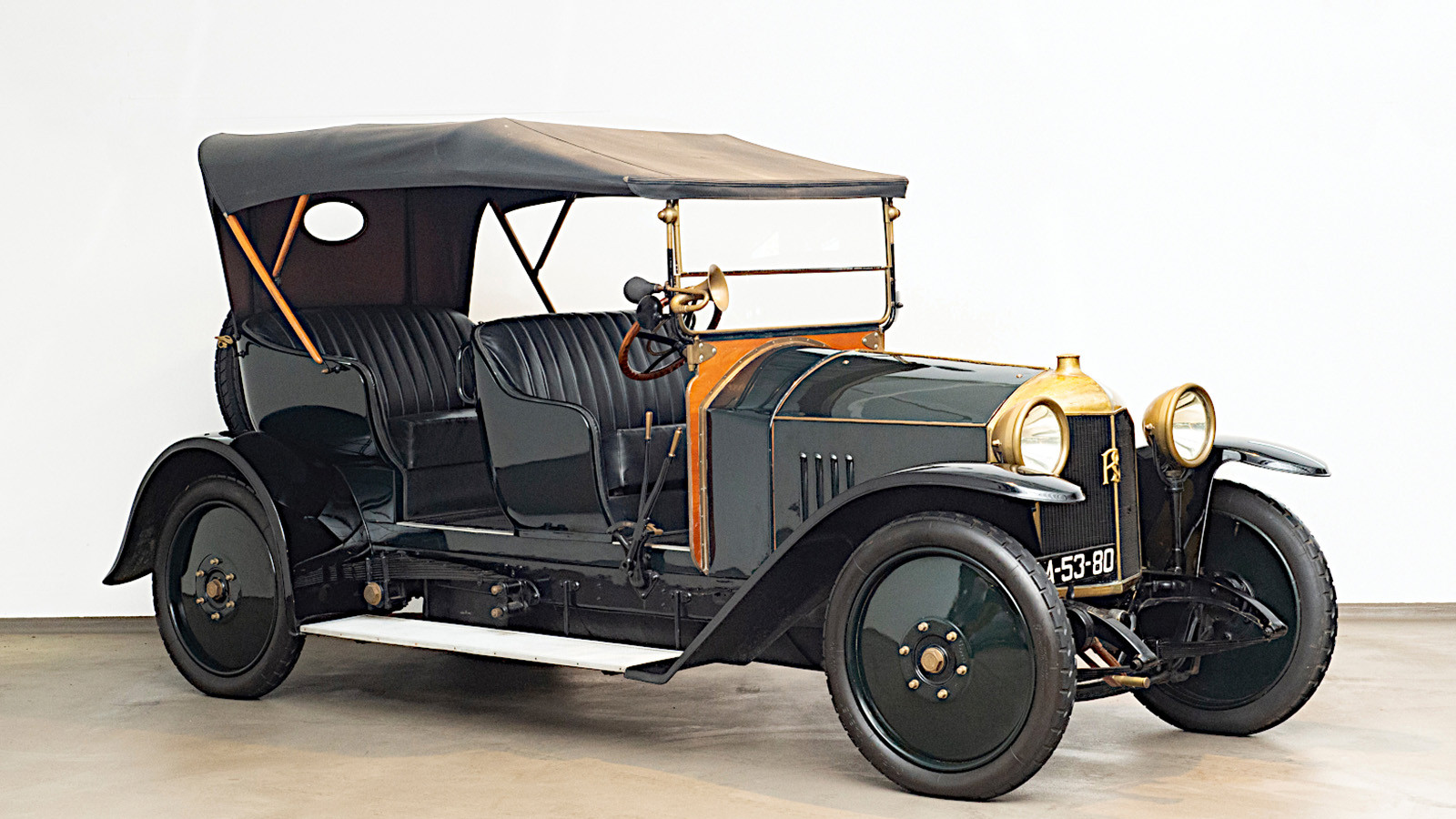 © Tom Wood/RM Sotheby’s
© Tom Wood/RM Sotheby’s -
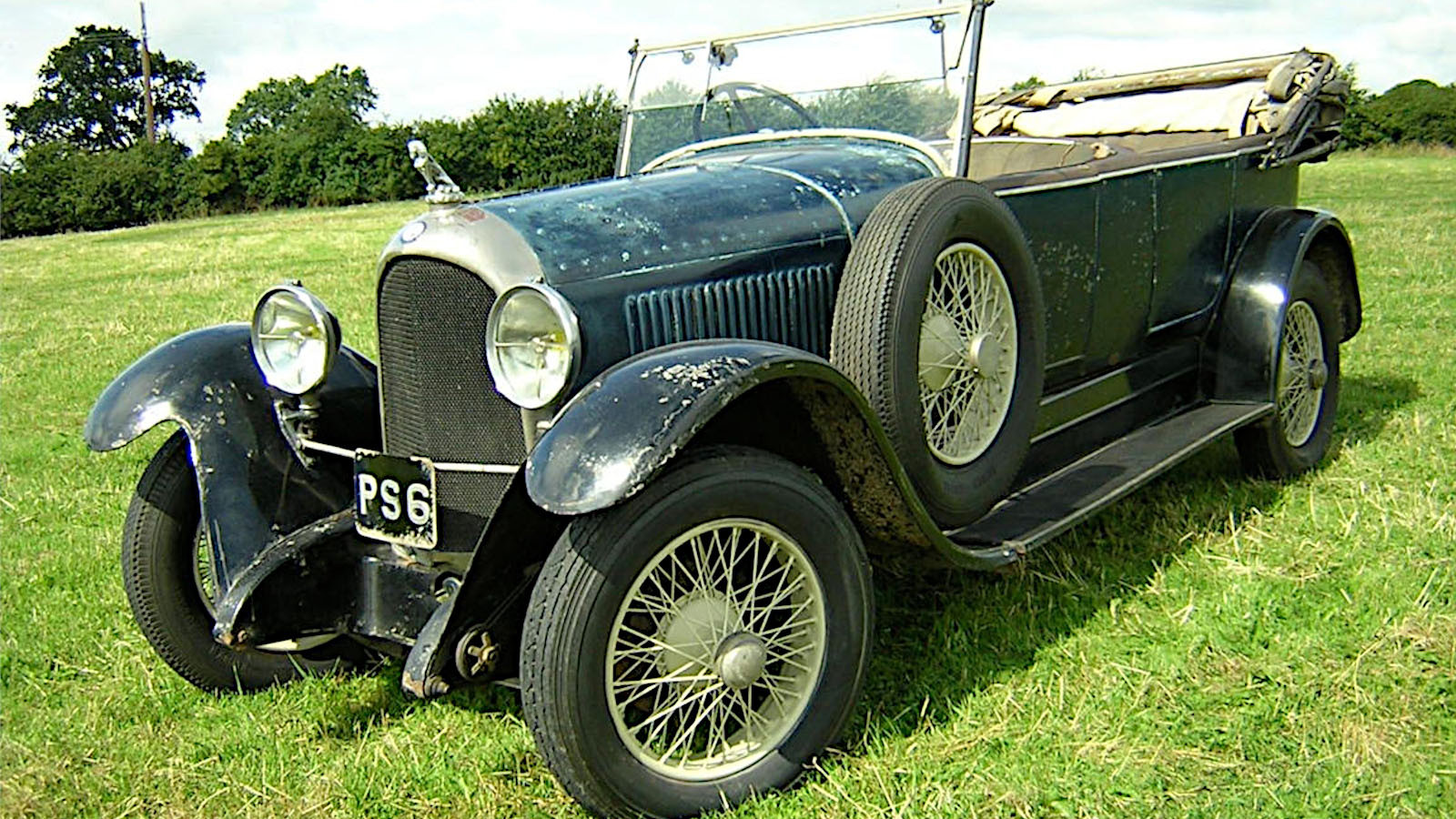 © Bonhams|Cars
© Bonhams|Cars -
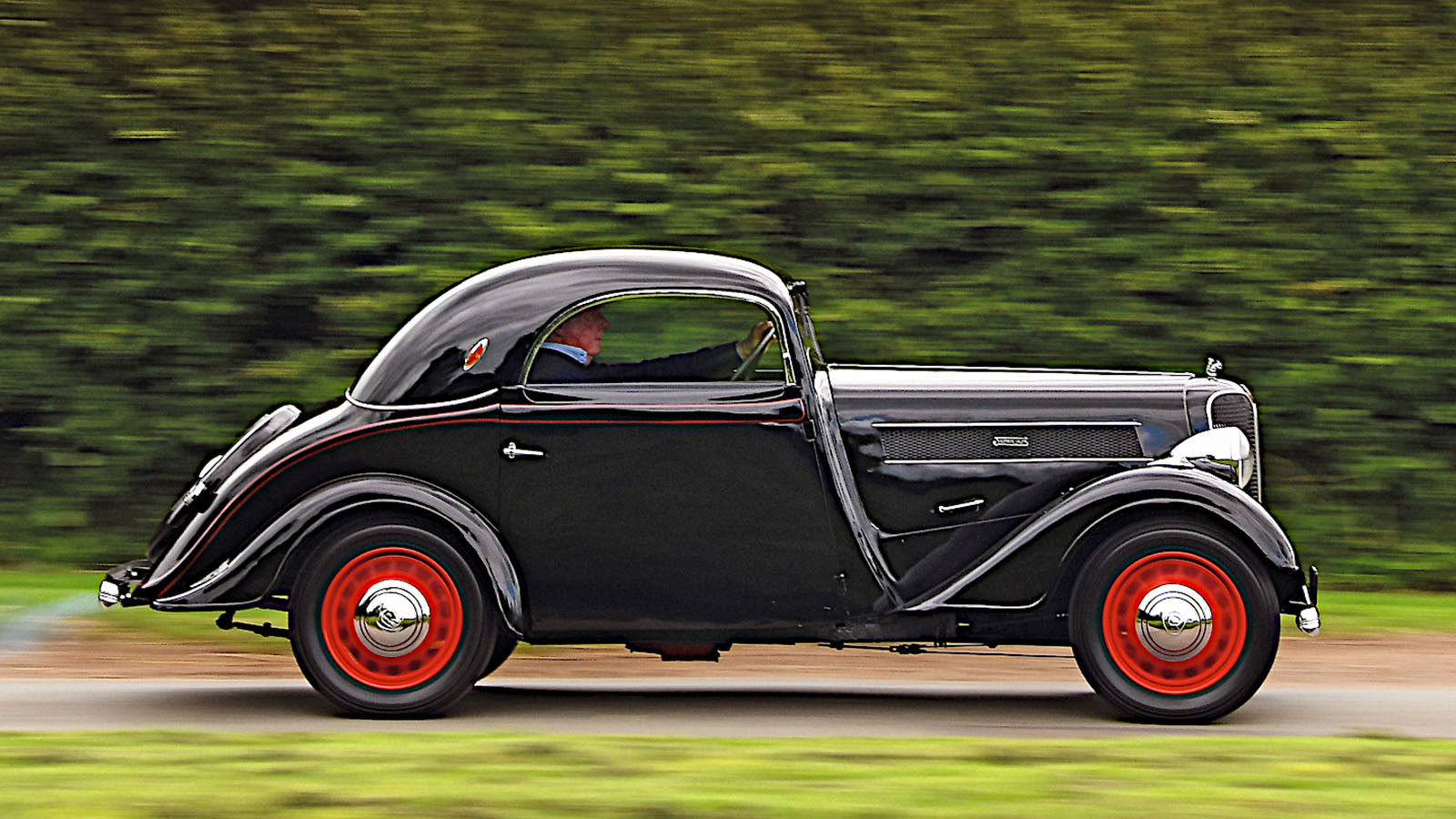 © John Bradshaw/Classic & Sports Car
© John Bradshaw/Classic & Sports Car -
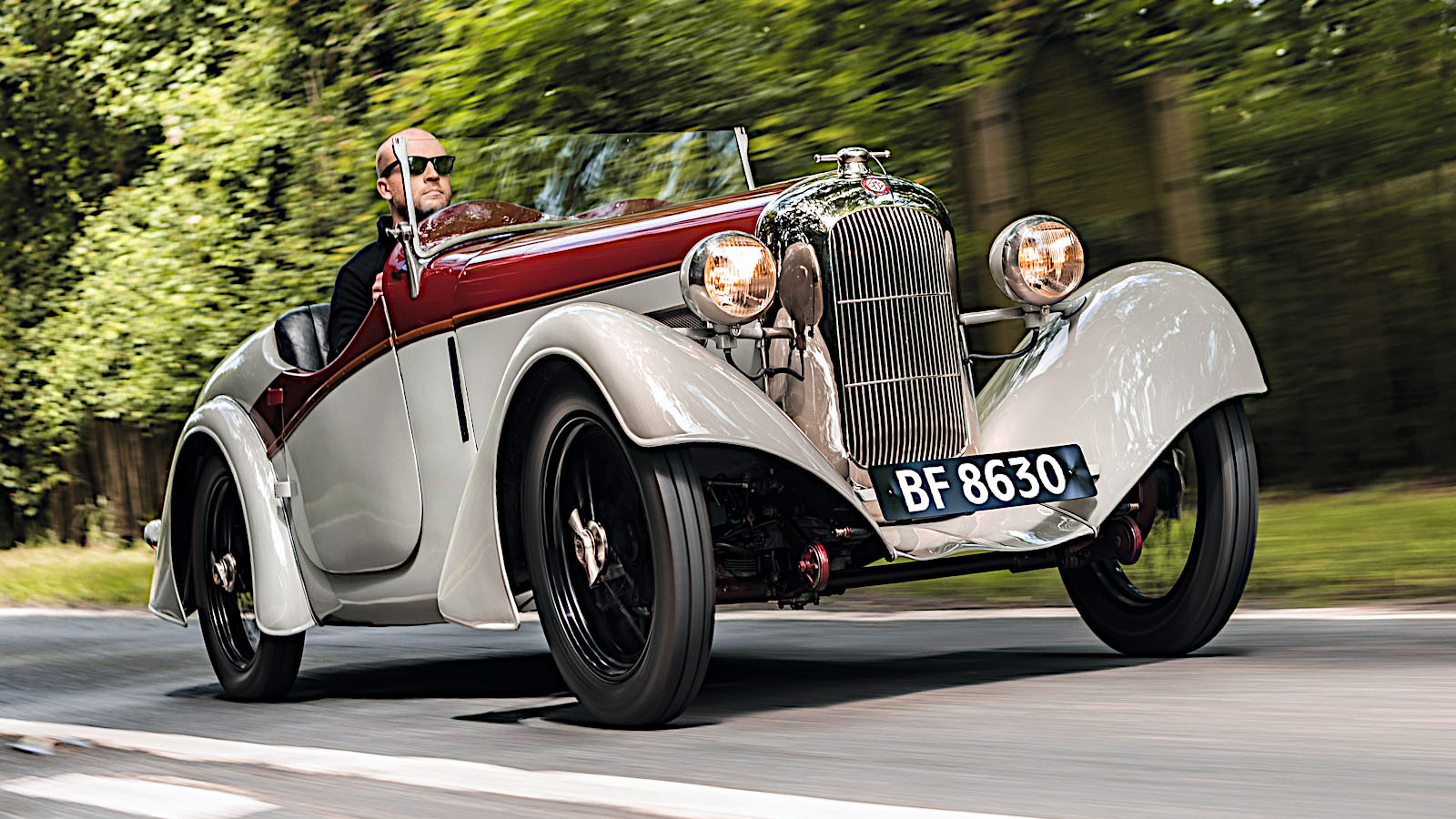 © Olgun Kordal/Classic & Sports Car
© Olgun Kordal/Classic & Sports Car -
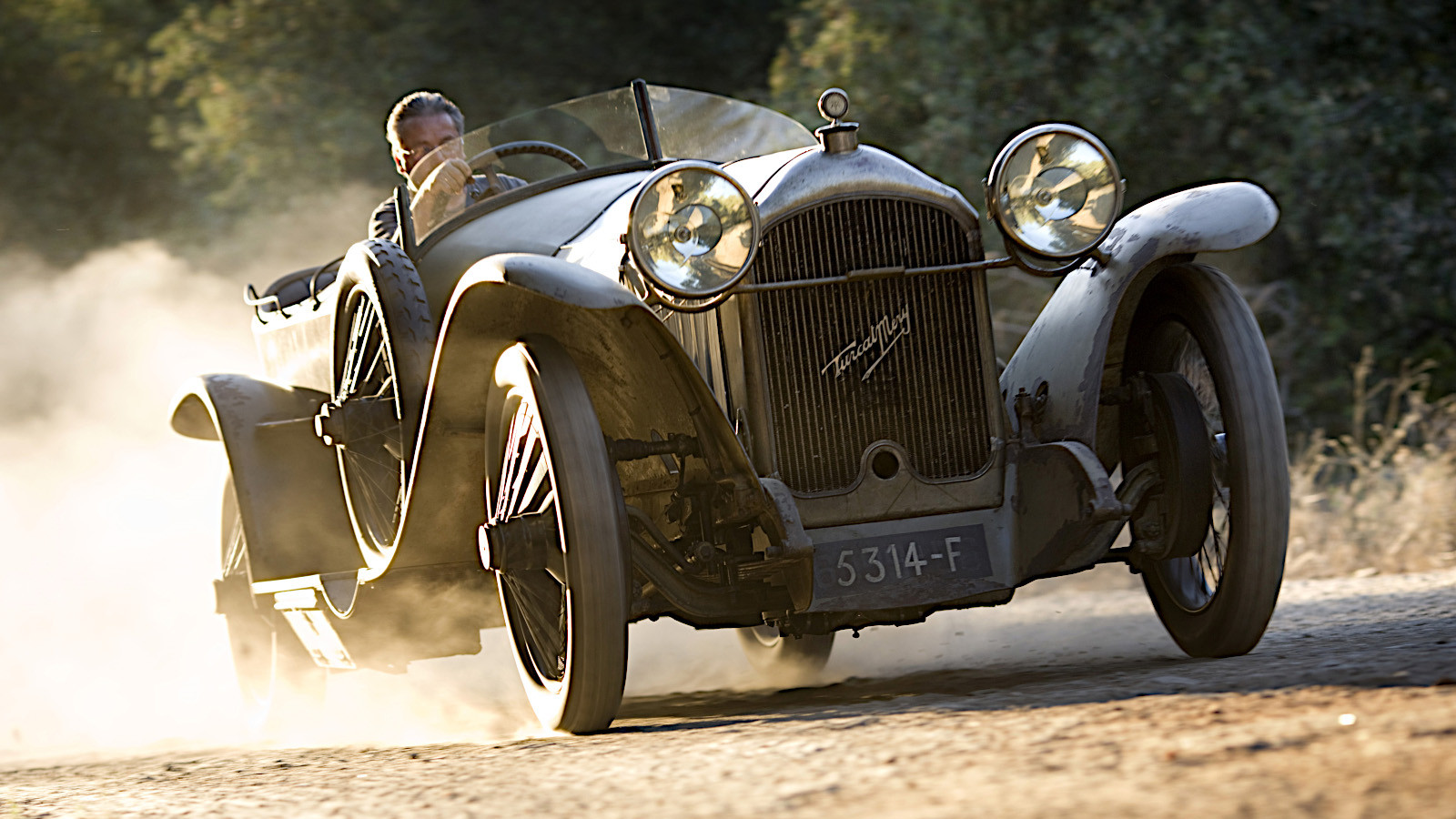 © Classic & Sports Car
© Classic & Sports Car -
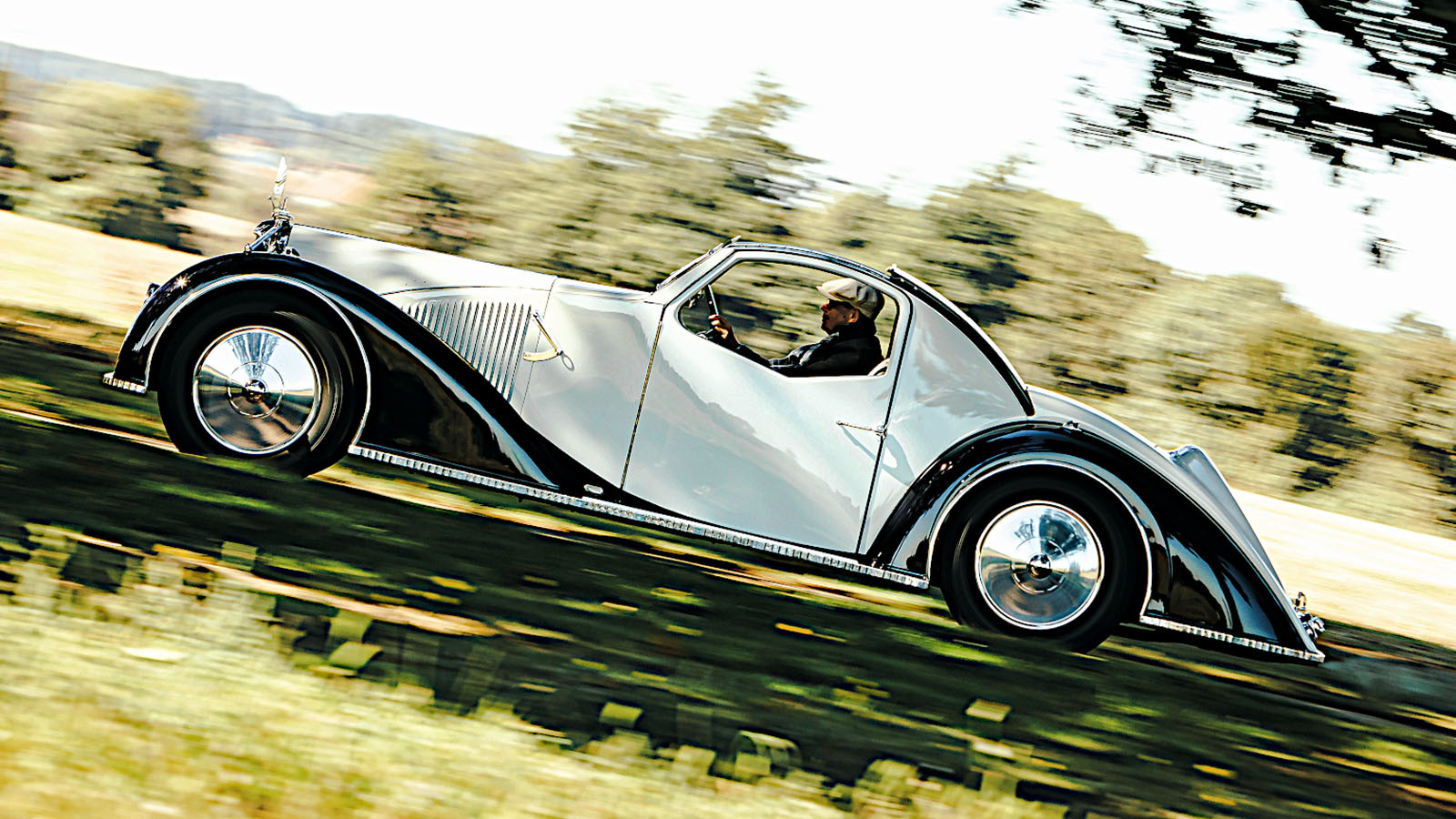 © Max Edleston/Classic & Sports Car
© Max Edleston/Classic & Sports Car
-
Fallen French marques
France was one of the earliest nations in the world to enter the motor industry, and perhaps the earliest of all if you consider Nicolas-Joseph Cugnot’s steam carriage to be the first car ever built.
Citroën, Peugeot and Renault are the best-known French car manufacturers today, but around 400 others are listed online – and there may be many more than that.
As much as we’d like to talk about all of them, we’re restricting ourselves here to 34 you might not have heard of.
Presented in alphabetical order, they were all active before 2000, but are no longer in business now.
-
1. Ader
Clément Ader was a pioneering (though unsuccessful) aviator, the manufacturer of a shaft-driven motorcycle and the inventor, in 1881, of a system which allowed people to listen to live opera performances over a telephone line.
It was almost inevitable that such an enterprising person would turn his attention to cars at some point, and indeed his company produced several in the first decade of the 20th century.
Ader favoured engines with their cylinders in a V formation, and came up with a V-twin (as fitted to the 1902 12CV pictured here), a V4 and in 1903 one of the very first V8s, though this was really just two of the V4s coupled together.
-
2. Amilcar
Founded by Joseph Lamy and Emile Akar (whose surnames were echoed in the name of the company), Amilcar produced a number of generally small but sporty models in the 1920s and 1930s.
Several, including the 1.1-litre twin-cam straight-six C6 pictured here, were used in motorsport, with considerable success.
The dancer Isadora Duncan famously met her end when her scarf got tangled up with the rear axle of an Amilcar CGSS in 1927.
Less gruesomely, the actor and writer Peter Ustinov admitted in his autobiography, Dear Me, that as a young boy he believed he was an Amilcar, “and only stopped at night when I reversed into bed and cut the ignition”.
-
3. Atlas
The Atlas Babycar was one of three tiny machines produced by the Société Industrielle de Livry shortly after the Second World War.
Previewed in 1949, when it was called Cochinelle (the French for ‘ladybird’), it sat at the top of the SIL line-up, above the Kover and the very basic Le Piaf.
Such power as the 170cc single-cylinder engine could muster – reportedly less than 10bhp – was transferred only to the left rear wheel.
However good an idea this must have seemed to SIL at first, the Atlas was a thing of the past by the mid 1950s, which suggests that it wasn’t highly esteemed in its day, though the exceptionally well-restored example shown here was sold at auction for an impressive $60,375 in 2012.
-
4. Audibert & Lavirotte
In 1894, Émile Lavirotte, who had built what he later admitted was a frankly not very good engine two years before, teamed up with Maurice Audibert, a fellow pupil of the Ozanam school in Lyon, to construct a complete car.
Later that year, they formed a company (which therefore predated both Renault and Citroën, though not Peugeot) in their home city, and produced several more cars.
Each of them drove a competition version in the Nice-Salon-Nice race held in March 1901, though neither finished.
The company folded eight months later and was taken over by Berliet, a marque we’ll be returning to shortly.
-
5. Ballot
Founded as an engine manufacturer in Paris in 1905, Ballot was lured into the automotive industry through motorsport shortly after the First World War.
Its cars (including the 3/8LC pictured here) were immediately successful, finishing fourth in the 1919 Indianapolis 500, second at Indy in 1920, second in the 1921 French Grand Prix and first in the admittedly poorly supported 1921 Italian Grand Prix.
Ballot then began producing expensive high-performance road cars for several years, but was then acquired by Hispano-Suiza and abandoned shortly afterwards in 1932.
-
6. Bédélia
A prominent French manufacturer during the cyclecar boom, Bédélia started out in 1910 with an exceptionally curious device designed by Robert Bourbeau.
Its oddity centres on the fact that the two seats were placed in tandem, with the driver behind the passenger.
Bourbeau left the company to work for a less successful cyclecar manufacturer called Jacquemont, which was in operation only from 1922 until 1925.
Later Bédélia cars were more conventional, with the occupants sitting side-by-side, but interest in cyclecars was rapidly waning, and this company too folded in 1925.
-
7. Berliet
Marius Berliet built his first single-cylinder engine in 1894 and his first car the year after that, and in 1902 he bought the factory previously owned by Audibert & Lavirotte.
For nearly half a century, Berliet produced a wide variety of cars (1930s Dauphine pictured), one of which won the Rallye Monte-Carlo in 1912.
Car production was eventually phased out in favour of manufacturing trucks and buses, which Berliet did with great success.
The company was taken over first by Citroën and then by Renault, which merged it with its own Saviem to create what is now known as Renault Trucks.
-
8. Brasier
Known in its early days as Richard-Brasier, and latterly as Chaigneau-Brasier, this marque got off to a tremendous, high-profile start.
Léon Théry won the last two Gordon Bennett Cup races in what were then called Richard-Brasiers, beating Camille Jenatzy (Mercedes) into second place in 1904 and doing the same to Felice Nazzaro (Fiat) in 1905.
Several roadgoing models followed, including the little 11/15hp Runabout pictured here.
Unfortunately, success could not be sustained – Brasier collapsed around 1930.
-
9. Bucciali
Despite their Italian surname, the Bucciali brothers were French, as was their father, the blind organist Joseph Bucciali.
Their first cars, introduced in the 1920s and known as Buc, were small sporting models which performed well in racing, but they are best known for their later creations (such as the Saoutchik-bodied TAV3 pictured here) which were dazzlingly glamorous and wildly expensive.
As Bugatti found with the Royale, this was exactly the wrong sort of car to be building in the early years of the Great Depression.
Bugatti survived this, but by the mid 1930s the Bucciali brand had faded away.
-
10. CG
Chappe et Gasselin, better known as CG, was primarily a coachbuilder, but began producing complete cars in 1966.
All of them were attractive little sports models powered by the Simca Poissy engine, which had been introduced in the Simca 1000 in 1961 and went on to be used in many small French cars into the 1990s.
In terms of its relationship with a major manufacturer, CG was similar to Renault’s little friend Alpine, for which it actually built bodies, but did not last for nearly as long.
Its final model, the CG 1300 (pictured), was discontinued in 1974.
-
11. Chenard-Walcker
Also known as Chenard & Walcker, this was a very successful car maker in the first three decades of the 20th century.
It’s perhaps best-known today for its dominant performance in the inaugural Le Mans 24-hour race, held in 1923 (the year the 70/80hp Phaeton pictured here was built).
André Lagache and René Léonard shared the winning car, and other Chenard-Walckers finished second and seventh.
Chenard-Walcker later collaborated with other manufacturers, including Delahaye, but this did not go well, and after the Second World War the name appeared only on vans.
-
12. Clément-Bayard
The remarkably versatile Adolphe Clément produced many things in addition to cars, including cycles (powered or otherwise), aeroplanes and airships.
Some of the early cars, though not the 1903 12/16hp pictured here, had their radiators mounted behind the engine, and this – along with a similar design of engine cover – made them easy to confuse with contemporary Renaults.
Adolphe’s son Albert finished third in the French Grand Prix of 1906 in a Clément-Bayard, but was killed during practice for the same event the following year.
Car production did not continue for long after the First World War, and the Levallois-Perret factory in Paris was sold to Citroën in the early 1920s.
-
13. Darracq
Although Darracq became a British company, and some of its cars were built in Germany, Italy and Spain, it was founded in France by the enormously industrious Alexandre Darracq.
The brand disappeared from view in the 1920s, but Darracqs made a big impact in their day, winning the Vanderbilt Cup in 1905 and 1906, and setting a new Land Speed Record of 109.59mph in December of the former year, though this was soundly beaten by a Stanley steamer four weeks later.
A Darracq 10/12hp built in 1904 (pictured) achieved great fame 49 years later when it starred in – and was indeed the title character of – the film Genevieve.
Fans of PG Wodehouse will need no reminding that their favourite author bought a secondhand Darracq in November 1906, crashed it into a ditch within a week and, no doubt chastened by the experience, hardly ever drove again.
-
14. Decauville
The Decauville marque was a short-lived subsidiary of a Parisian company which specialised in manufacturing locomotives.
Car production lasted for only slightly more than a decade after the first model was introduced in 1898, but Decauville has a place in the history of what is today one of the world’s most famous automotive brands.
In 1902, two years after the Roadster pictured here left the factory, Henry Royce bought a Decauville, took it apart to see how it worked and built what he considered to be a better car of his own.
This in turn was developed into Rolls-Royce’s first model, the 10hp, which went on sale in late 1904.
-
15. Delaunay-Belleville
Delaunay-Belleville was founded in 1903, and almost immediately became one of the most prestigious marques in all France.
Its powerful, luxurious cars appealed to a wealthy clientele which even included Tsar Nicholas II of Russia.
By the 1920s, Delaunay-Belleville had gone downmarket, and one of its cars produced in the following decade was simply a Type 200 Mercedes built under licence – a far cry from the wonderful Brewster-bodied 1909 Type IA6 pictured here.
The glory days now well behind it, Delaunay-Belleville staggered on for a while longer before fading away in the late 1940s.
-
16. DFP
Dorion, Flandrin & Parant was founded in 1908 when Alexandre and Jules-René Parant joined Auguste Doriot and Ludovic Flandrian, who had begun manufacturing a single-cylinder car (pictured) two years earlier.
DFP, which survived into the 1920s, made generally quite sporty cars, and also, like Decauville, features in the early history of a British luxury marque.
Walter Owen Bentley and his brother Horace became the British agents for DFP in 1912, and late in that year they drove a 12/15 model non-stop for 31 hours from London to Achanalt in northern Scotland, where they scattered the ashes of another brother, Arthur.
The following year, WO successfully raced a competition-prepared 12/15 fitted with pistons made of 88% aluminium and 12% copper, which he had commissioned from DFP’s regular supplier, Corbin.
-
17. Donnet
In 1919, aircraft manufacturer Jérôme Donnet added to his portfolio the Zedel car company, which had started out around the turn of the century manufacturing ’bike engines in Switzerland.
The cars became known as Donnet-Zedel, though the Zedel part of the name was later dropped.
By the 1930s, Donnet had become known for what has been described as ‘solid, dull sidevalve cars’, though in 1932 it headed in a different direction with the very cheap 740cc V-twin 4CV.
French enthusiasm for cars like this had evaporated, however, and without much else to recommend it, Donnet folded shortly afterwards.
-
18. Gardner-Serpollet
Léon and Henri Serpollet created the flash boiler for steam engines, and used the technology in several types of vehicle in the 1880s and 1890s.
Peugeot used a Serpollet engine in its experimental Type 1 of 1889, but soon decided this was a bad idea and switched to a petrol unit for the Type 2, its first real production car.
The Serpollets, on the other hand, persevered with steam, and in 1900 they joined forces with Frank Gardner to create Gardner-Serpollet, which produced several very grand automobiles before Léon’s death in 1907.
In 1902, Léon travelled to Nice, where he set a new Land Speed Record of 75.06mph in a modified Gardner-Serpollet called the Œuf de Pâques (Easter egg).
This was both the first such record achieved in a car without an electric motor and, at the time, the one set nearest the equator, all previous successful attempts having been made at Achères, 600 miles to the north.
-
19. Gobron-Brillié
Gustave Gobron and Eugène Brillié joined forces to establish a new car company at the tail end of the 19th century.
Brillié, who would later go on to develop the first French tank (the Schneider CA1), was the technical expert, and the creator of a very unusual engine with two opposed pistons in each cylinder.
This did not lead to great fortune in motor racing, but it did help Gobron-Brillié raise the Land Speed Record four times in 12 months, breaking the 100mph barrier on the final attempt in July 1904.
The marque survived for a long time after Brillié’s departure, but a change to more conventional engines did not go well, and the end came around 1930.
-
20. Hanzer
Paris-based Hanzer entered and left the motor industry without noticeably troubling the scorers, lasting only from 1899 until 1903.
The 1902 car pictured here, powered by a single-cylinder engine, could therefore be described as both an early and a late model.
Its engine cover resembles those used by Renault and Clément-Bayard, though in this case the radiator is beside the motor rather than behind it.
This very car appeared in the 1967 Tommy Steele movie Half a Sixpence, having been filmed in The Pantiles area of Royal Tunbridge Wells, in the English county of Kent.
-
21. Hommell
Hommell is the most recently established manufacturer on our list, as well as the only one based in Brittany.
It was founded by Michel Hommell, a magazine publisher, car collector and former racing driver who was born in Nancy but moved to Lohéac, where he created France’s first rallycross circuit in 1976.
His self-named cars were coupés and convertibles powered by 2-litre Peugeot/Citroën engines.
Production began in 1994 and ended nine years later.
-
22. Hurtu
In France as elsewhere, the early days of motoring were perilous for companies trying to make an impact on the new industry.
Hurtu, based in the northern French town of Albert, is mostly forgotten today, but it did unusually well in its time, surviving from the late 1890s until 1930.
An early model was built under licence in Manchester, in the UK, by a company called Marshall, which later became Belsize Motors.
-
23. Kriéger
As anyone familiar with the early history of the Land Speed Record is aware, France was a cauldron of electric-car development towards the end of the 19th century.
Even before Camille Jenatzy and Count Gaston de Chasseloup-Laubat began battling for supremacy at Achères, Louis Antoine Kriéger was already building vehicles of this type out of personal interest, and in 1898 he set up a company in Paris to put them into production.
The cars were very much of the ‘horseless carriage’ type, but Kriéger was nevertheless a pioneer, favouring front-wheel drive and even using regenerative braking – quite an achievement for a marque which went out of business in 1909.
As seen in the picture above, one Kriéger ended up in the hands of Senator George Wetmore, the 37th governor of Rhode Island in the USA – and we bet you didn’t see that coming.
-
24. Le Zèbre
Another Parisian marque, Le Zèbre was founded in 1909 by Georges Richard (formerly of Richard-Braiser), Jules Salomon (who would go on to design the first Citroën) and Jacques Bizet (son of the composer Georges Bizet).
Until the First World War, Le Zèbre specialised in small, lightweight cars, but in the 1920s it outsourced the design of its considerably larger 2-litre Type Z to Harry Ricardo’s company, based in Shoreham, West Sussex, in the UK.
This is said to have been the only car whose body, chassis and drivetrain were all Ricardo’s work, and Harry Ricardo himself had enough confidence in it to take one on a family touring holiday through the Loire Valley in 1925.
Le Zèbre put all its eggs in the Type Z basket, producing nothing else for several years, but this seems to have been a mistake – fewer than 600 are believed to have been built by the time the company folded in 1930.
-
25. Lorraine-Dietrich
Known originally as De Dietrich and later simply as Lorraine, Lorraine-Dietrich was formed in 1896 and gradually faded out of existence in the 1930s, a decade after the B 3-6 pictured here was built.
One of the four Lorraine-Dietrichs which started the 1912 French Grand Prix (but didn’t finish, because none of them did) was later imported by Malcolm Campbell to the UK, where it became known as Vieux Charles Trois.
The marque’s greatest sporting achievement was winning the Le Mans 24 Hours in 1925 and 1926, though both those events were disastrous for Bentley, which might otherwise have won the race every year from 1924 to 1930.
More than 80 years after Lorraine-Dietrich’s history came to an end, the name was used for a progressive rock band formed in Kansas City in 2018.
-
26. Mathis
The name isn’t well known today, but in the late 1920s Mathis was one of France’s most successful car manufacturers, thanks largely to its policy of building small, simple vehicles which didn’t cost very much.
In the following decade, it started producing larger and more complex models, and quickly declined as a result.
It was briefly saved by joining Ford in a joint venture called Matford, whose cars were essentially flathead V8-engined Fords manufactured in Strasbourg.
Founder Émile Mathis spent the Second World War in the US, and although he attempted to rebuild the marque when he returned to France in peacetime – creating, for example the extraordinary 666 show car pictured here, so named because it had six doors, seats and cylinders – nothing significant came of it.
-
27. Monica
Monica’s only model, the 560 luxury grand tourer, was financed by Jean Tastevin (head of a business which manufactured railway-freight wagons) and built in Balbigny, but there was a lot of input from countries other than France.
It was powered by a 5.6-litre Chrysler V8, and largely designed by Chris Lawrence, who was also responsible for the Deep Sanderson sports and racing cars, and known for co-driving a class-winning Morgan at Le Mans in 1962.
After a protracted development period, the production Monica bore little relation to what had originally been planned, and its high price and poor fuel economy were unfortunate features for a car which went on sale just after the 1973 oil crisis.
Buyers were hard to find, and a no doubt very disappointed Tastevin brought the project to a halt in 1975.
-
28. Mors
The first Mors car, a curious little device with a rear-mounted V4 engine, was very much the sort of thing you might expect to be built 1897, but completely different from what was to follow shortly afterwards.
Very early in the new century, Mors was producing elegant road cars (1901 10CV pictured) and formidable racers.
In August 1902, a Mors became the first car with an internal-combustion engine to set the Land Speed Record, slightly improving on the Gardner-Serpollet steamer’s 75.06mph with a 76.03mph run.
André Citroën was appointed chairman of Mors in 1908, and 17 years later (having by then established his own company) bought it for its factory and immediately shut down the marque.
-
29. Rochet-Schneider
Rochet-Schneider was founded in 1894, roughly halfway between the years the first Peugeot and Renault were built, and quickly became an esteemed part of the French motor industry.
Its last model, known as the 21CV or 26CV depending on whether it was fitted with a 3.8- or 4.6-litre version of the company’s straight-six engine, was very expensive, which almost certainly contributed to car production coming to an end in the early 1930s.
By that time, Rochet-Schneider had added commercial vehicles to its portfolio, and it now concentrated on these for several years before being taken over by Berliet.
-
30. Rolland-Pilain
François Rolland and Émile Pilain came together to form the company they named after themselves in 1905.
Their cars were mostly straightforward and modestly sized, though just before the axe fell in the early 1930s the company was using 3-litre straight-six and 4-litre straight-eight Continental engines.
The highlight of Rolland-Pilain’s moderately successful motorsport exploits came in 1932, when Albert Guyot and Gaston Delalande finished first and second in the San Sebastián Grand Prix, though it should be noted that only six cars were entered in the race, of which one retired and another didn’t turn up at all.
Rolland-Pilain is unrelated to the shorter-lived Pilain car company based 300 miles away in Lyon, except for the fact that this one was founded by Émile’s uncle, François.
-
31. Rosengart
Motoring historian Michael Sedgwick once described most of the cars produced by this Parisian marque as ‘Lucien Rosengart’s endeavours to make the Austin Seven speak French’.
Rosengart made many changes to what was once the UK’s most popular car, including fitting a 1.1-litre straight-six engine – basically one and a half Austin units – to the Super Sept (pictured).
The company also built German Adlers under licence, plus a post-war model was powered by a Mercury flathead V8.
The 747cc four-cylinder Austin engine, now well past suitability for any modern vehicle, was used once more in the Ariette, whose introduction in 1951 preceded Rosengart’s demise by only two years.
-
32. Salmson
As a car manufacturer, Salmson was an offshoot of Émile Salmson’s company, which started out as a pump maker, later moved into aviation and still exists today.
It launched a cyclecar in 1920, the year before Émile’s death, and just seven years later it was producing the GS8 (pictured), a very early example of a roadgoing model with a twin-cam engine.
Salmson seemed healthy enough in the immediate post-war era, building more than 1100 cars in 1950, but three years later it was bankrupt.
Somehow, production continued despite that, the last car leaving the Billancourt factory in 1957.
-
33. Turcat-Méry
When Léon Turcat and Simon Méry founded their company in 1899, the idea that they would go on to make motorsport history could have been no more than a distant dream.
Nevertheless, a Turcat-Méry driven by Henri Rougier won the inaugural Rallye Monte-Carlo in 1911, an achievement somewhat tarnished by the fact that the results were determined not only by performance (of which very little was required) but by comfort, cleanliness, condition and the number of passengers carried.
The victory was still something to celebrate, but it didn’t give any long-term benefit to Turcat-Méry, which folded in 1928.
-
34. Voisin
Gabriel Voisin abandoned a career in the early aeronautical industry and turned his attention to cars in 1919.
The full name of his automotive company was Avions Voisin – a confusing term, since avions is the French word for ‘aeroplanes’, the very things he was no longer building.
His cars included the 1923 Laboratoire, an extraordinary machine designed on aerodynamic principles, as well as several equally remarkable luxury vehicles including the 1934 C27 Aérosport pictured here.
Building luxury cars became a poor business strategy during the 1930s and – in France, at least – unsustainable after the Second World War, so that was the end of Voisin.
